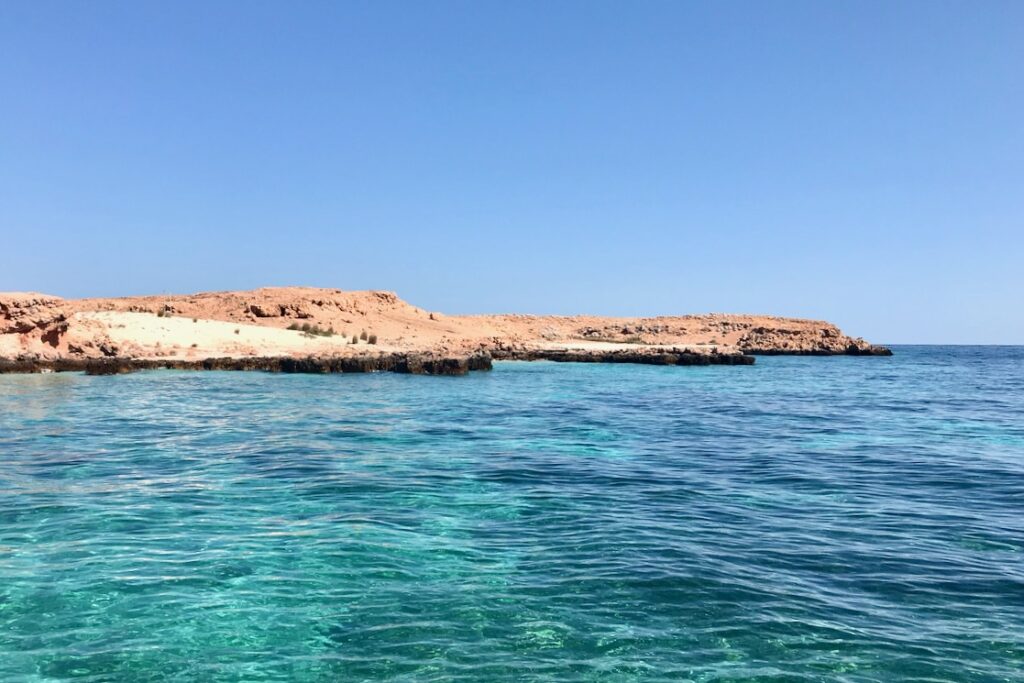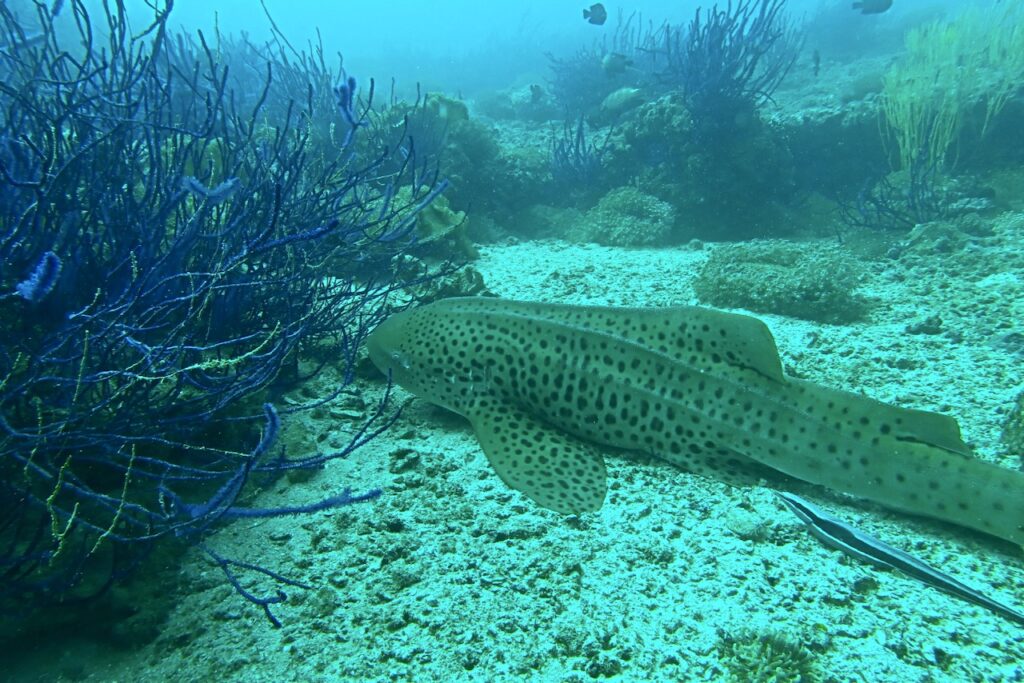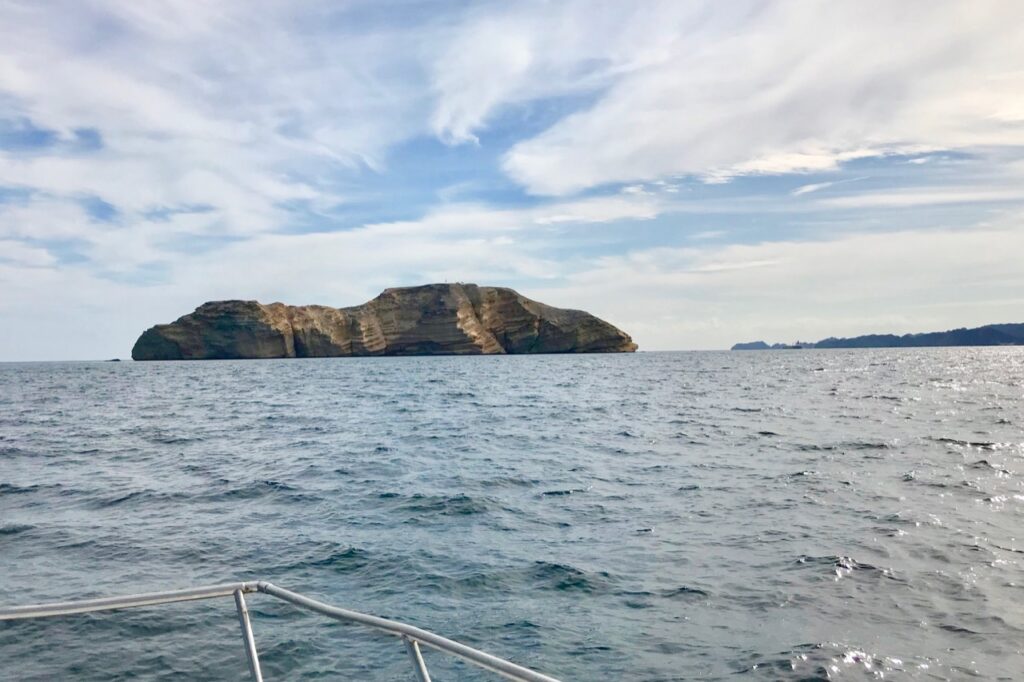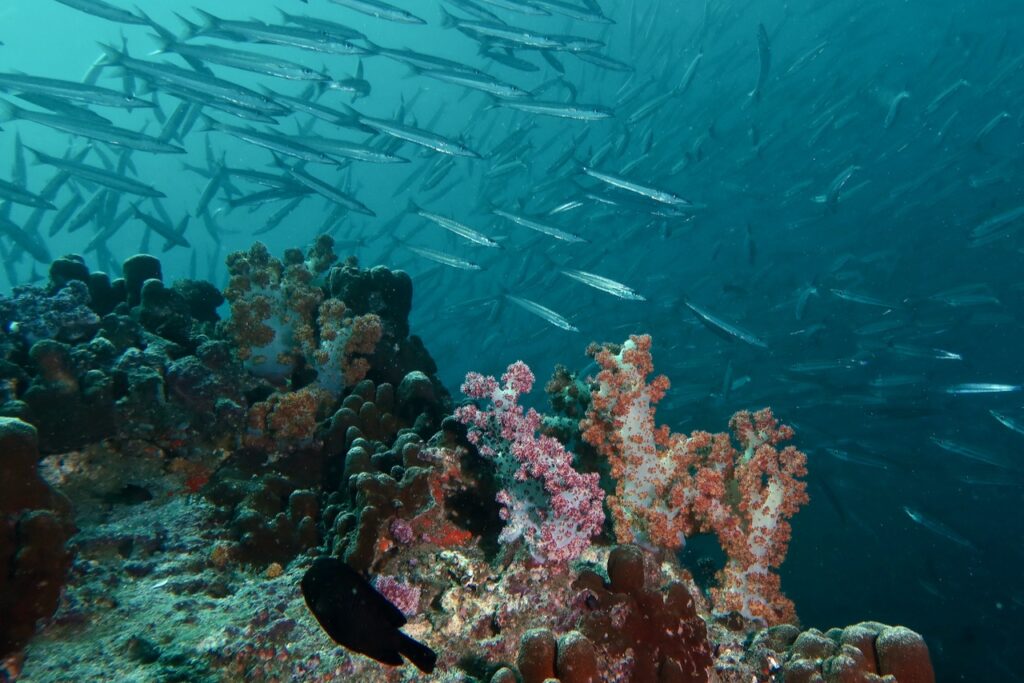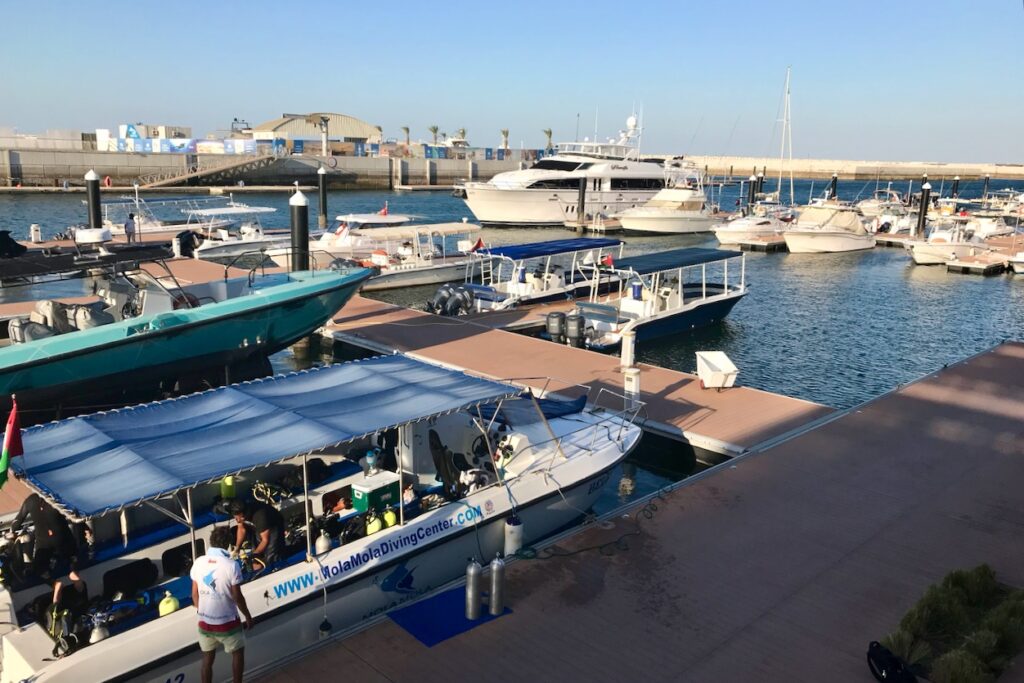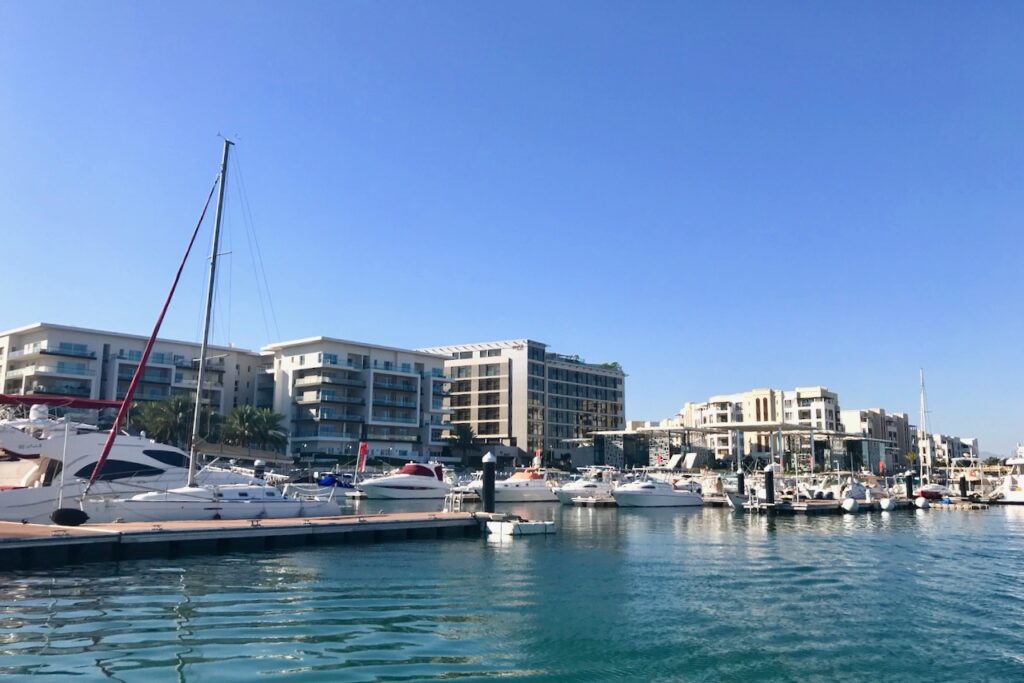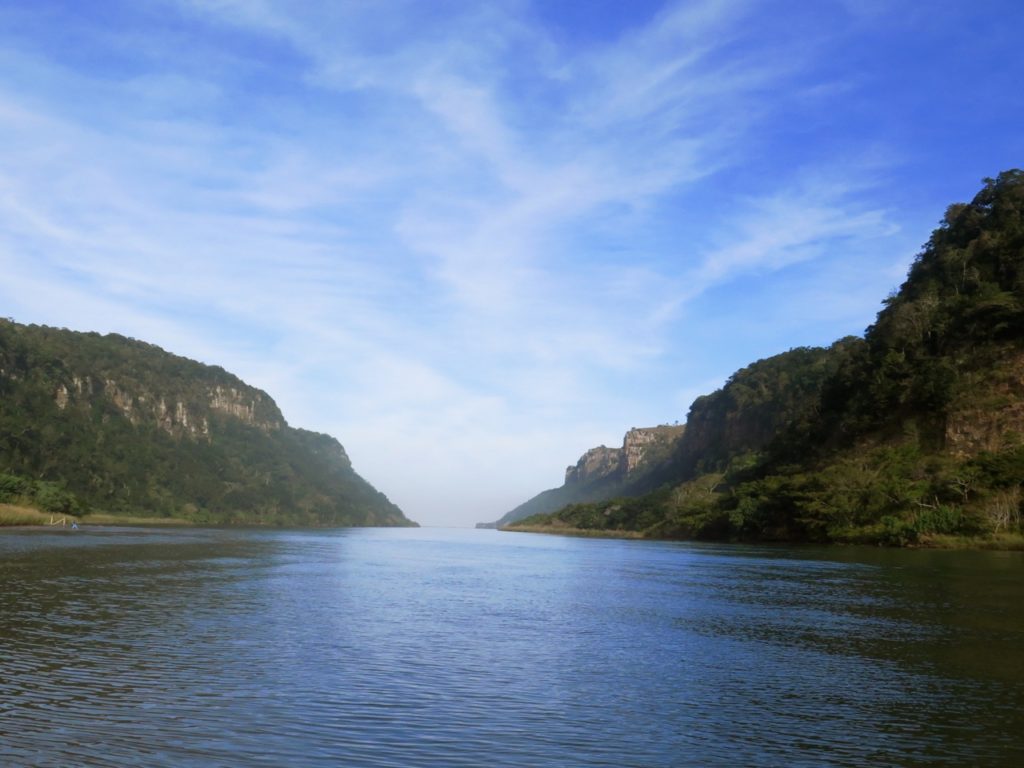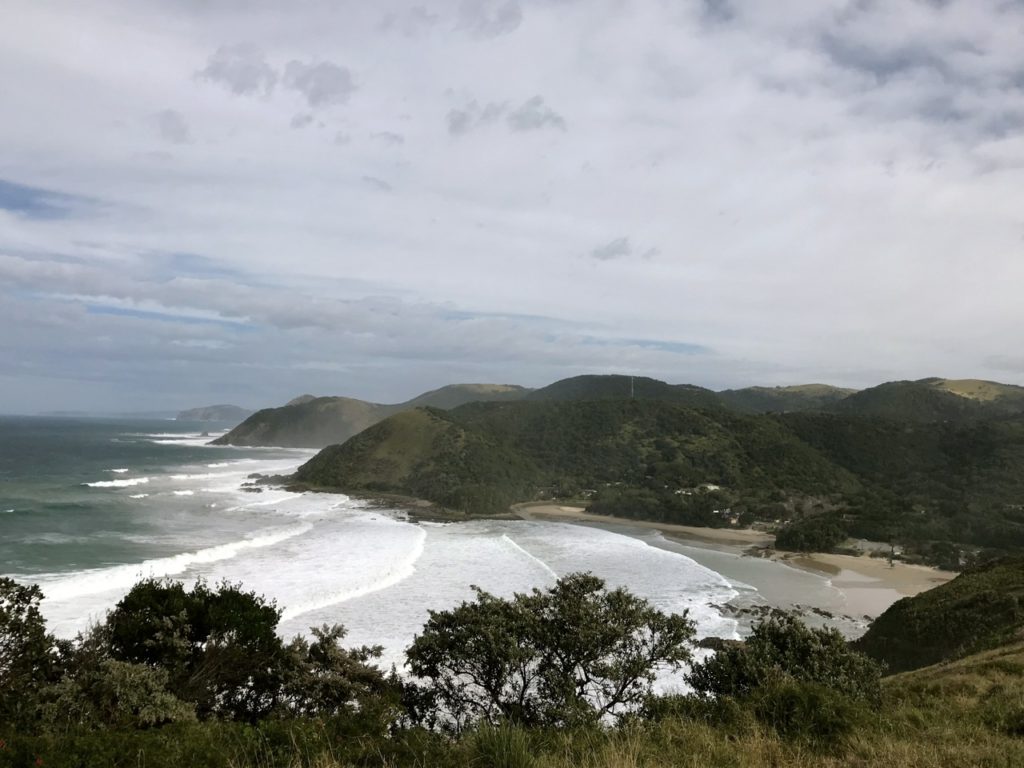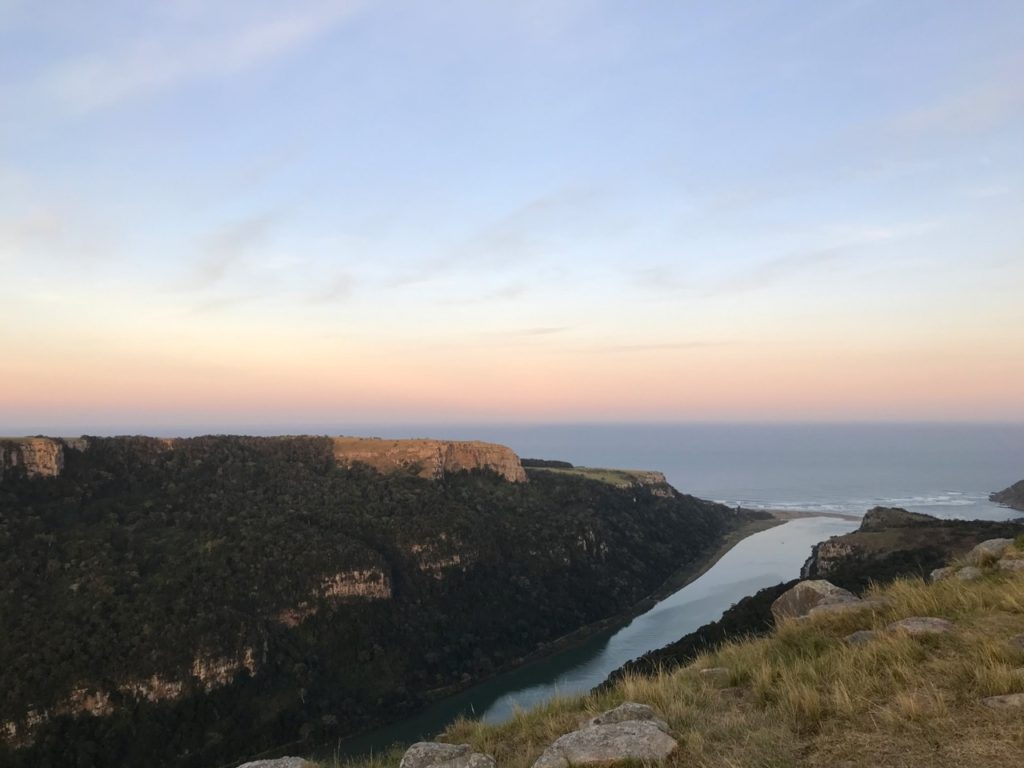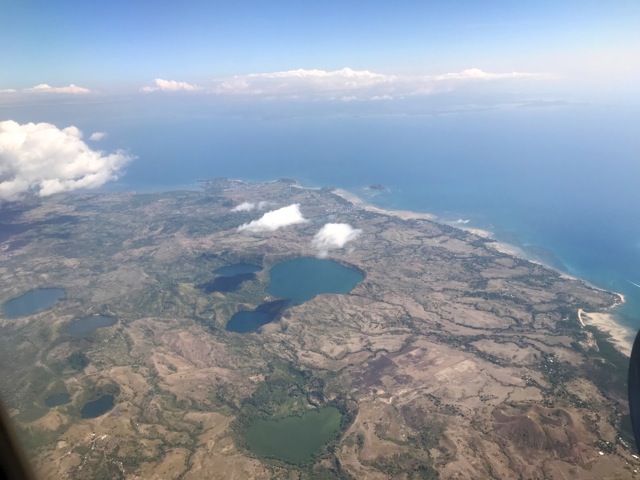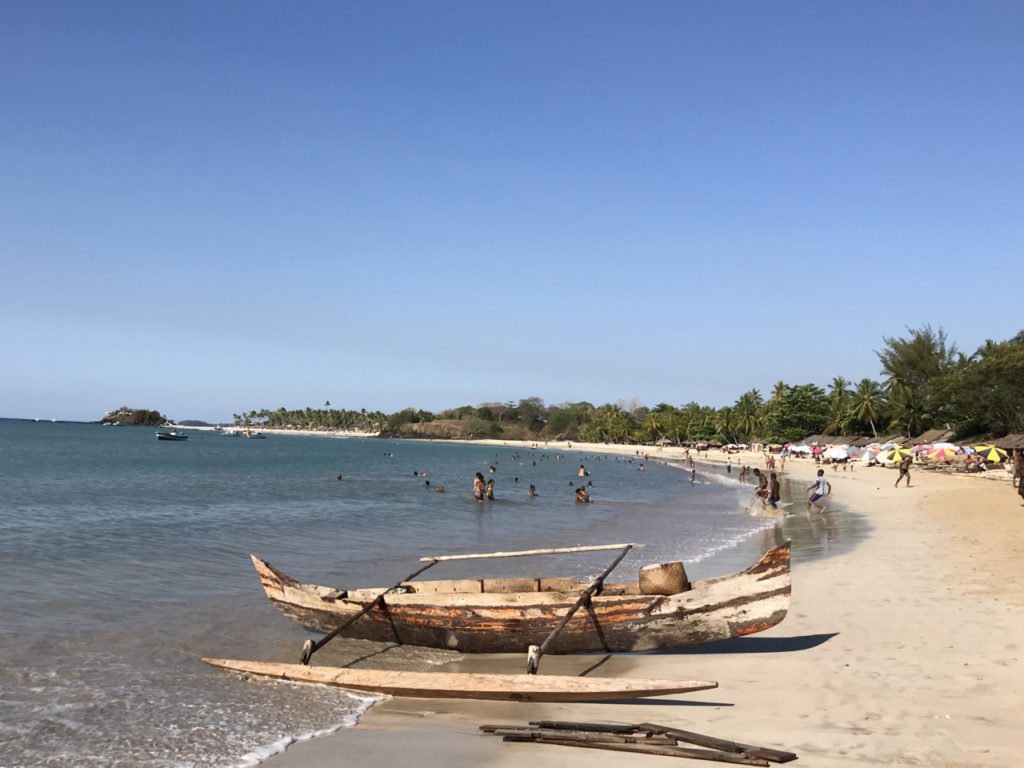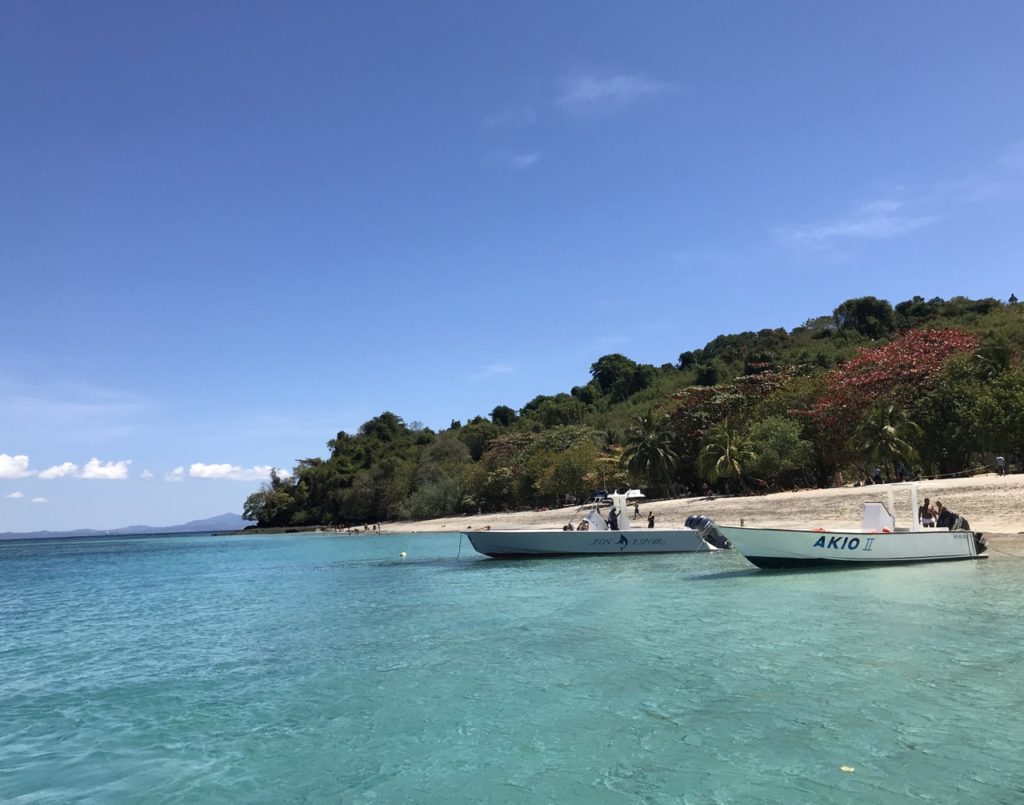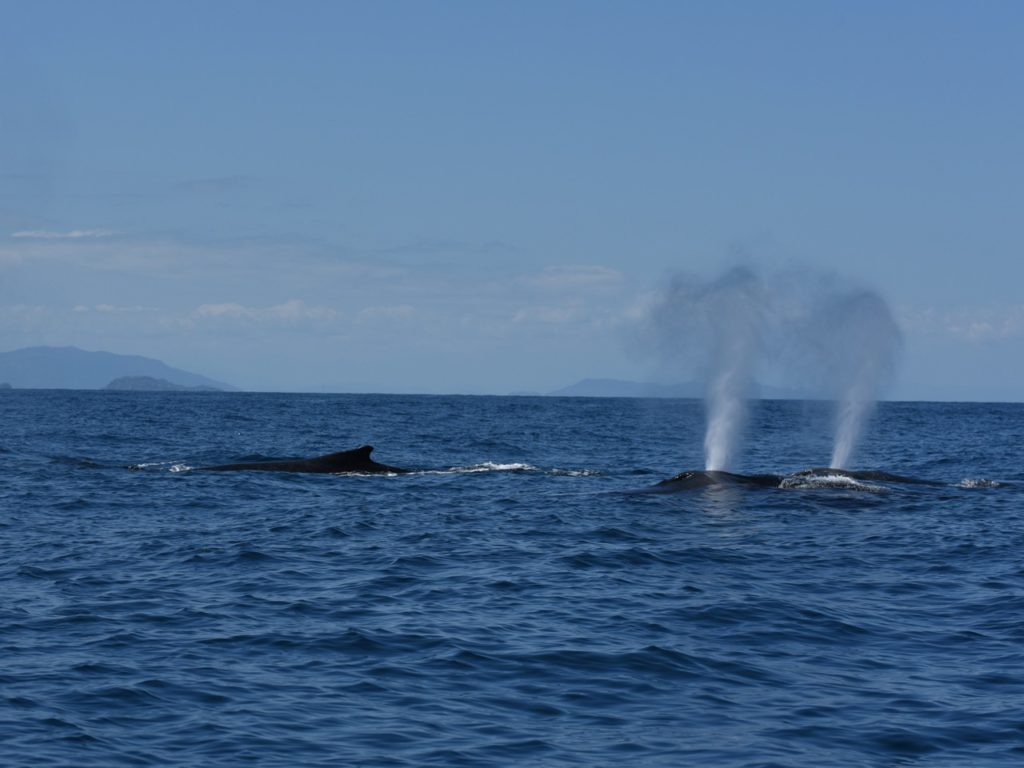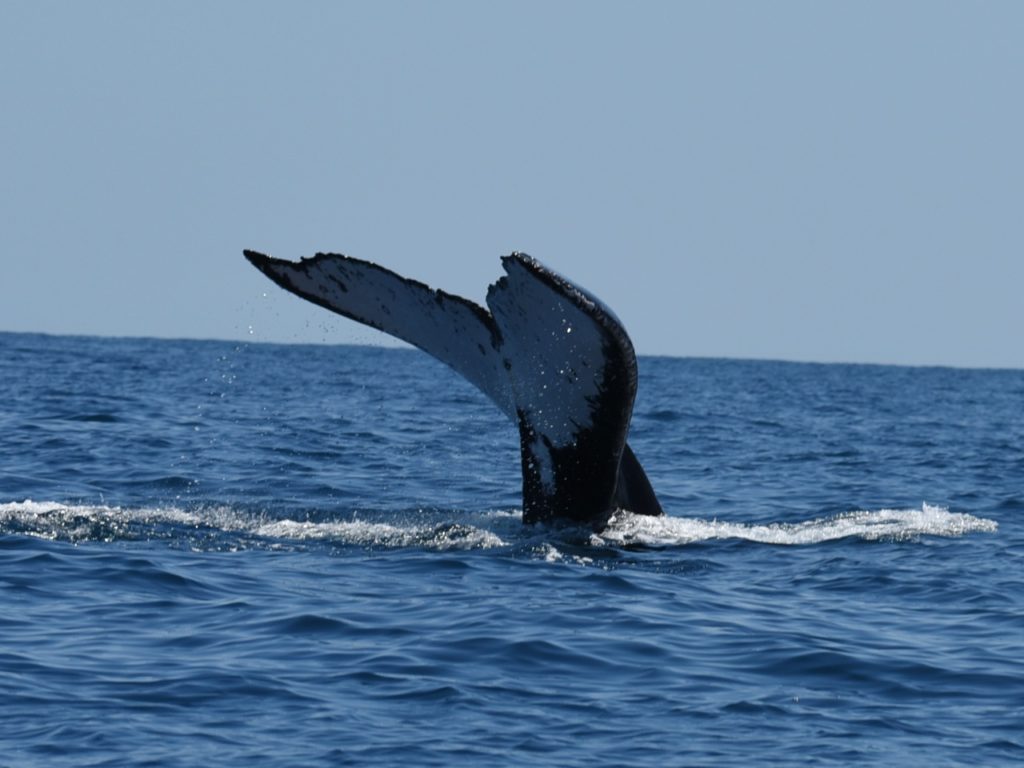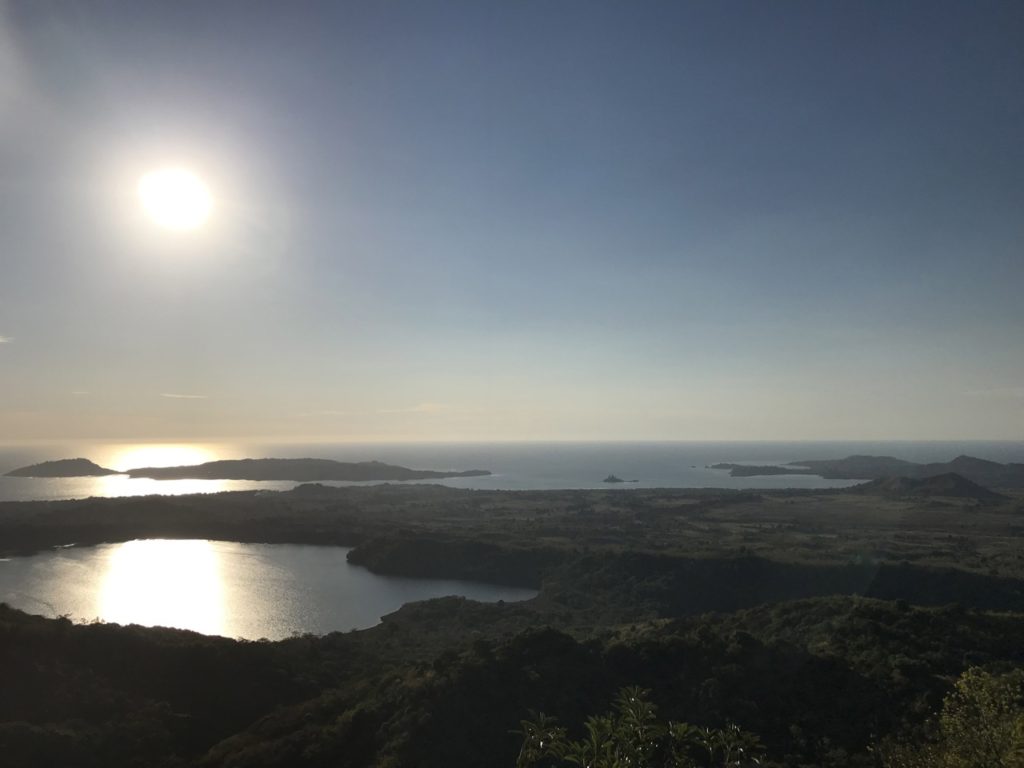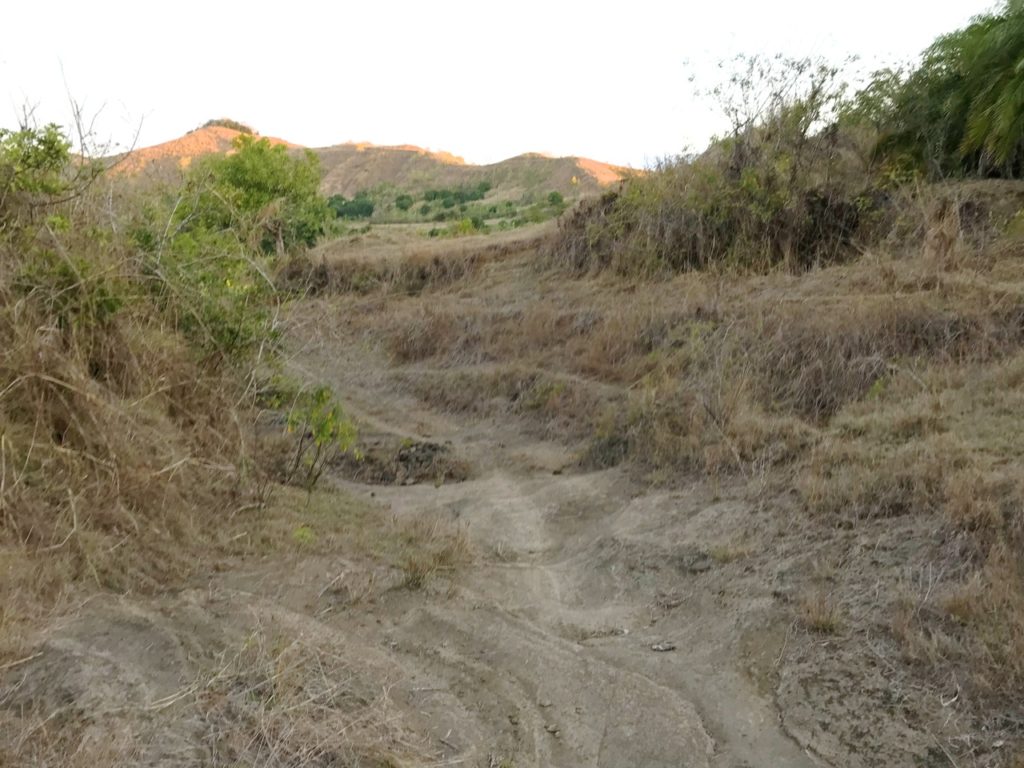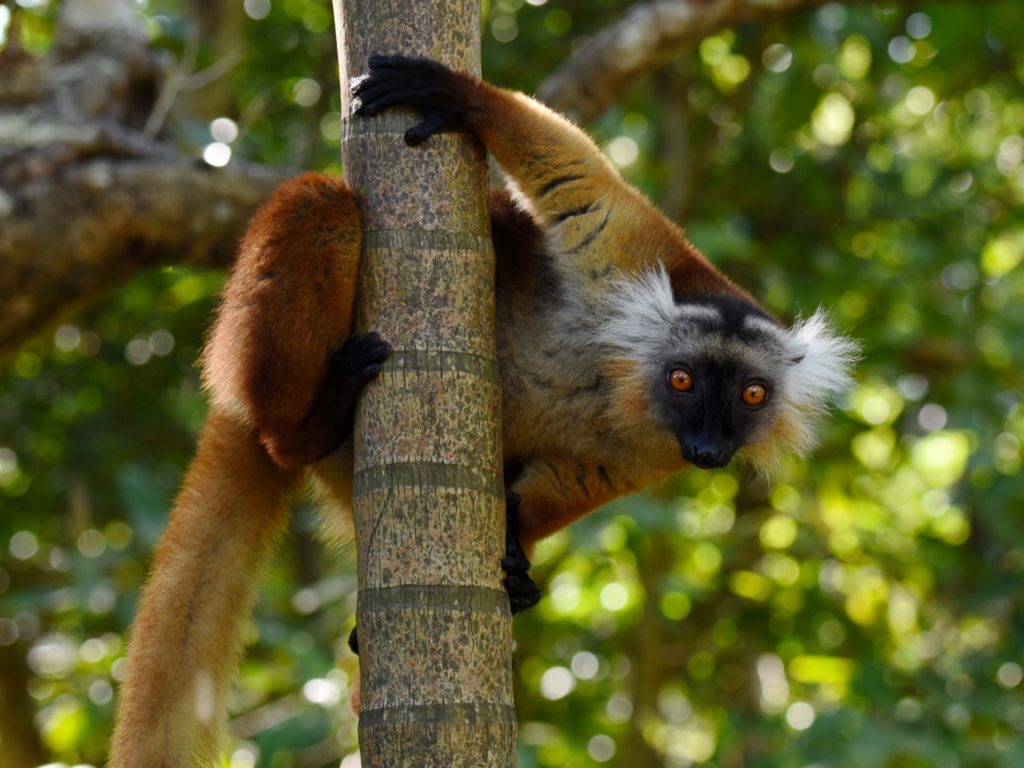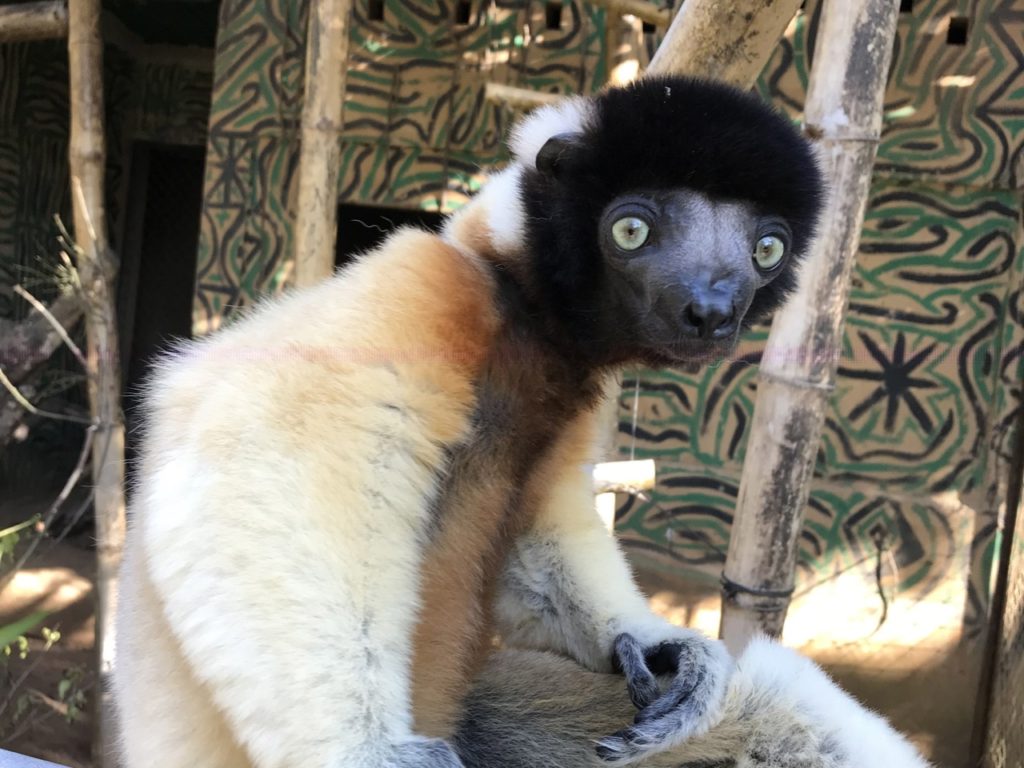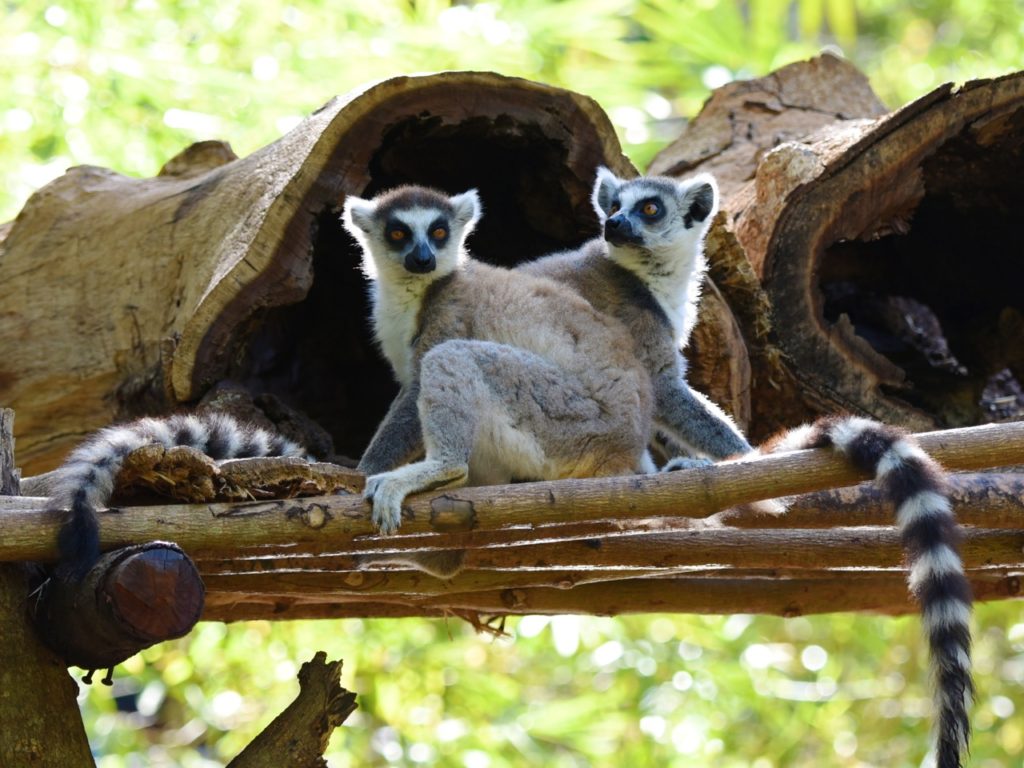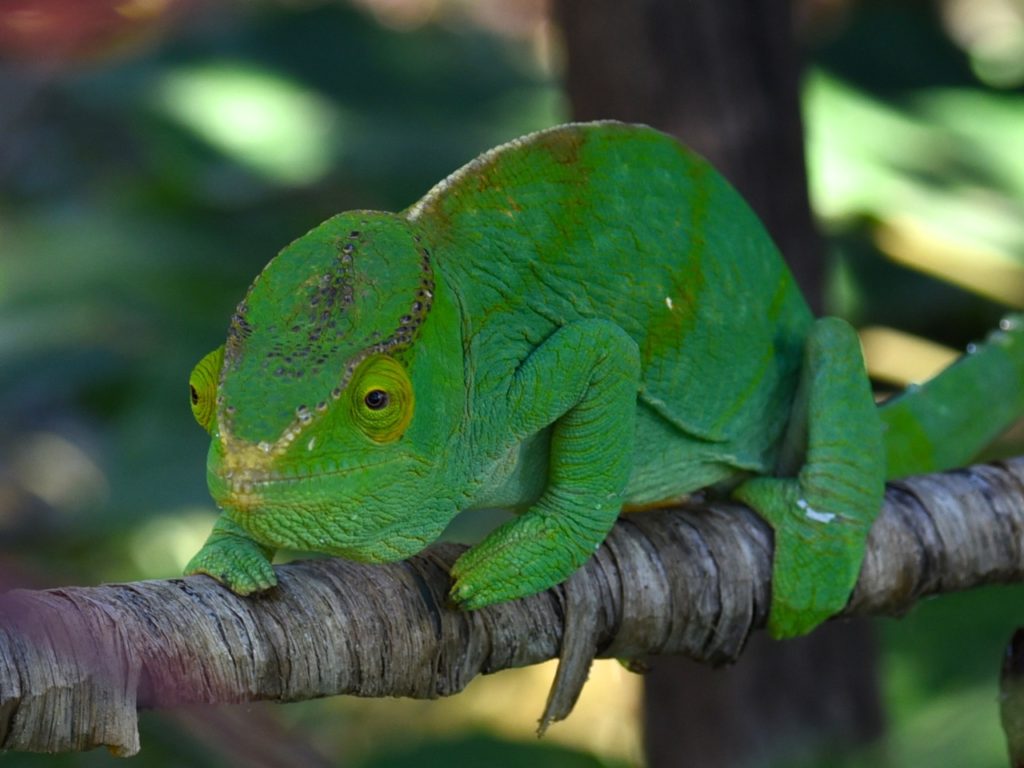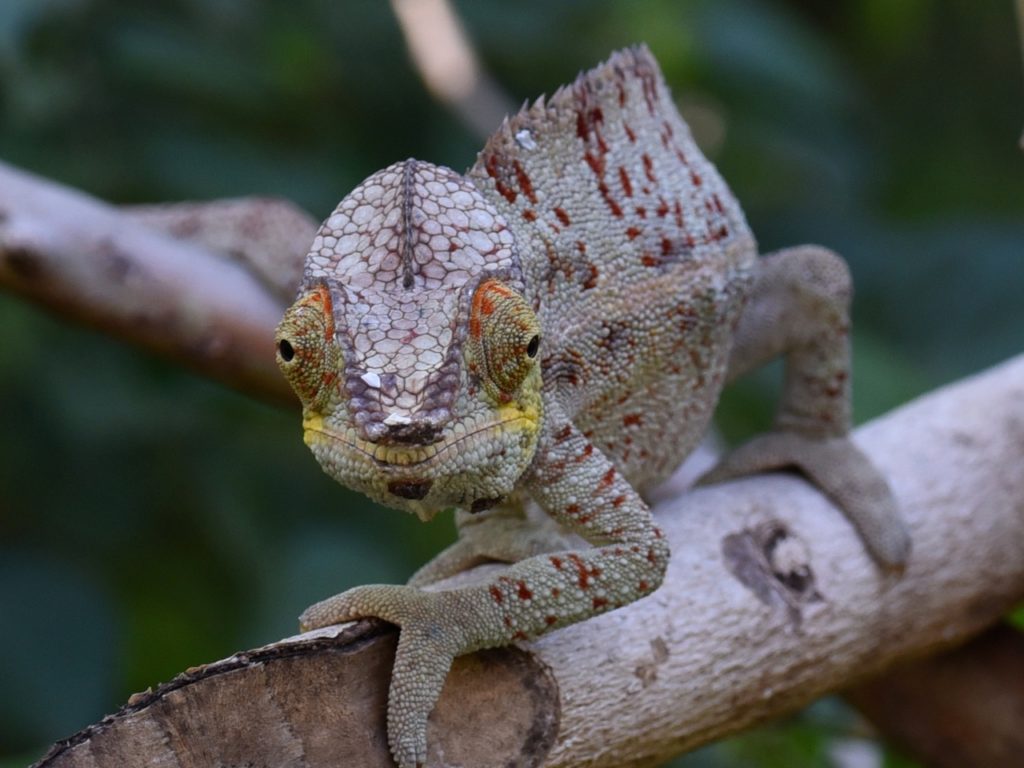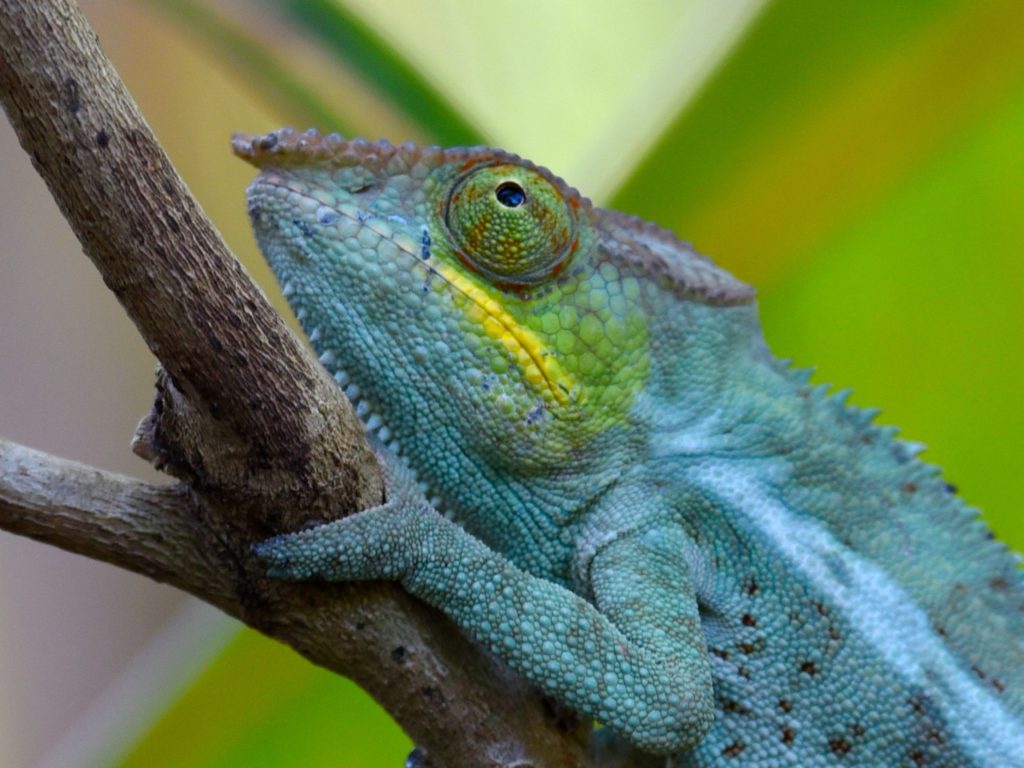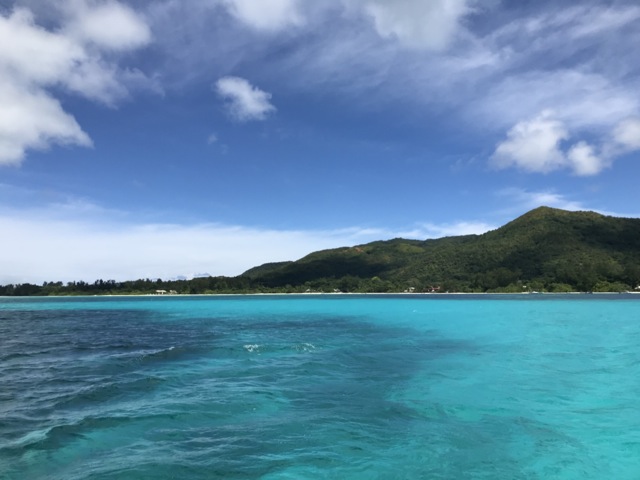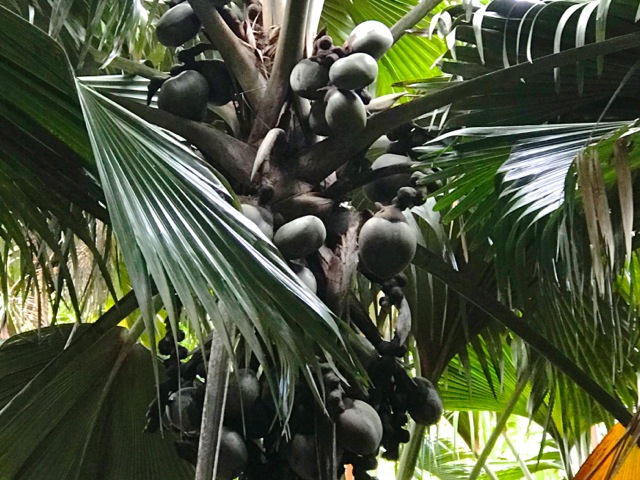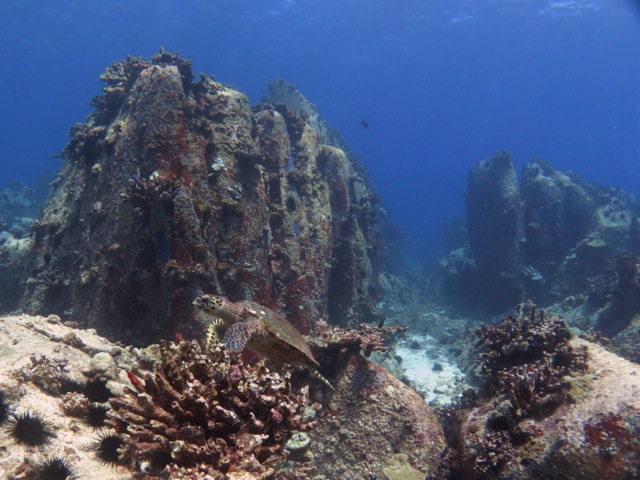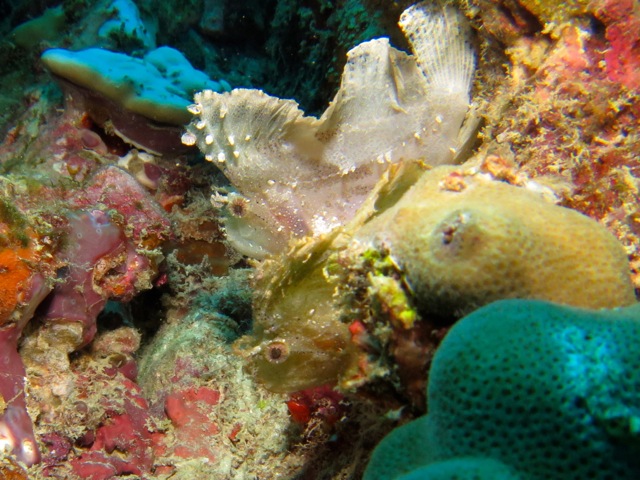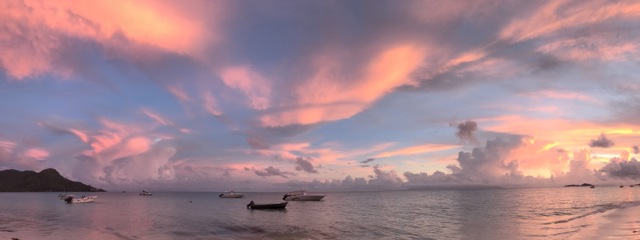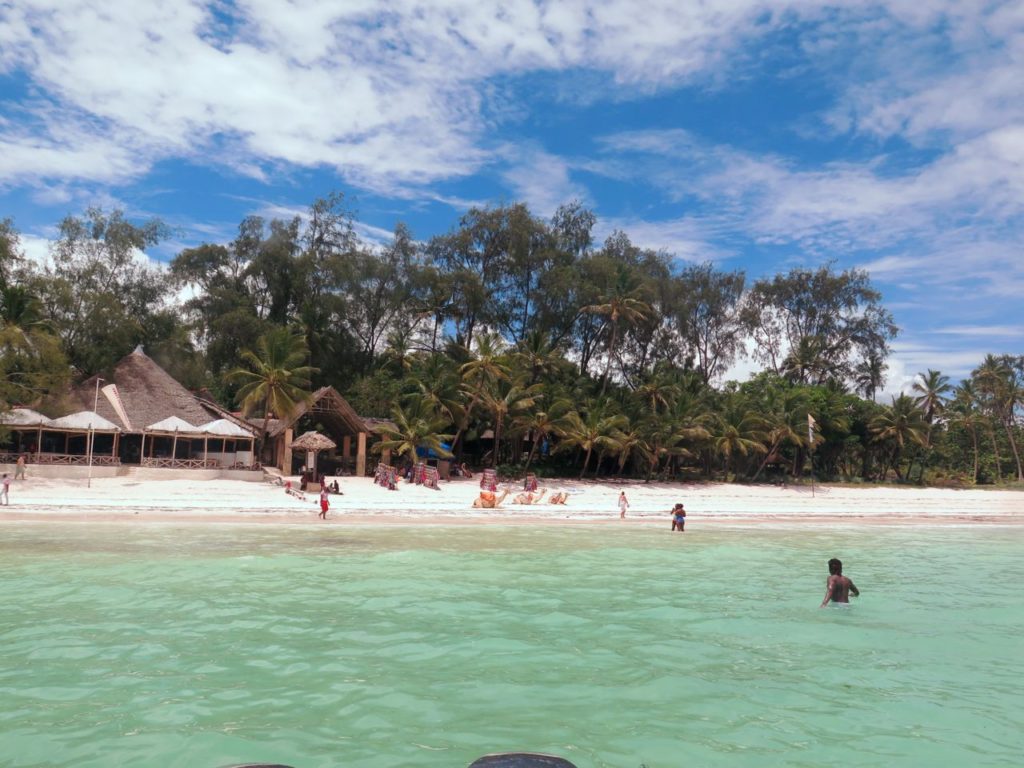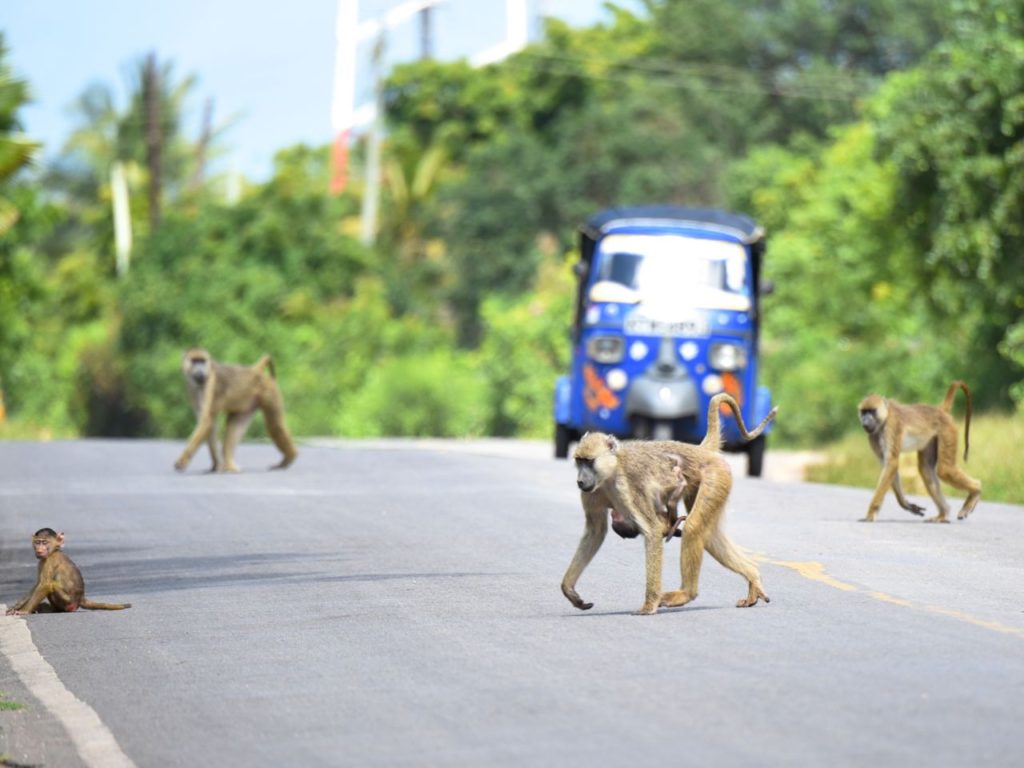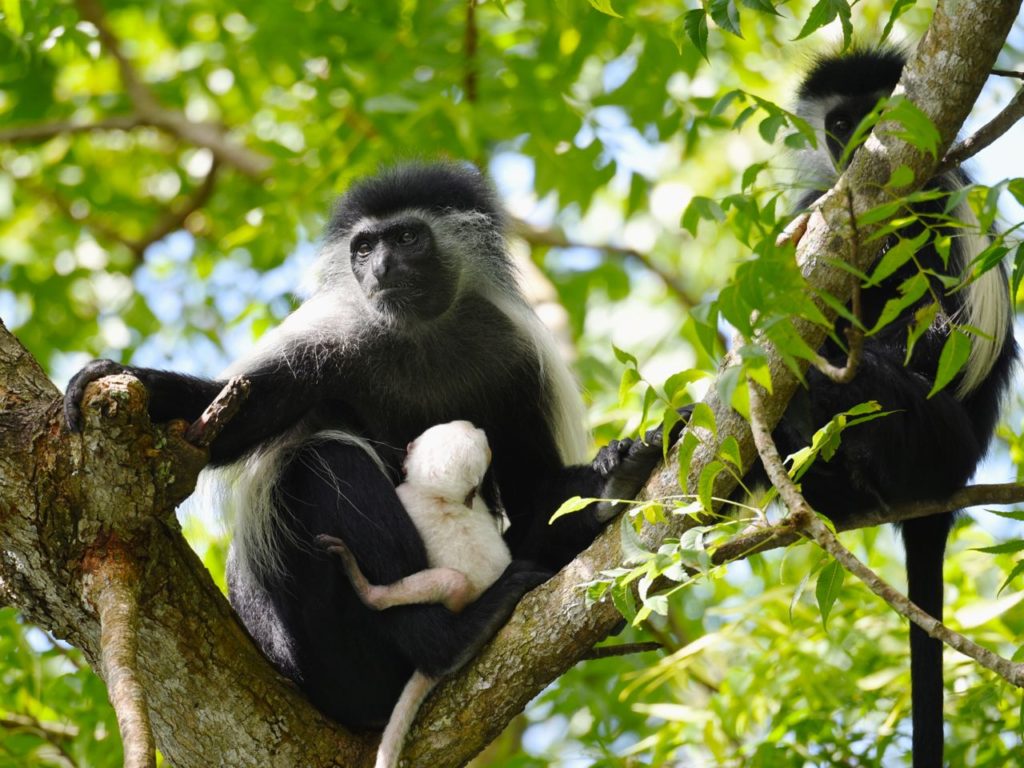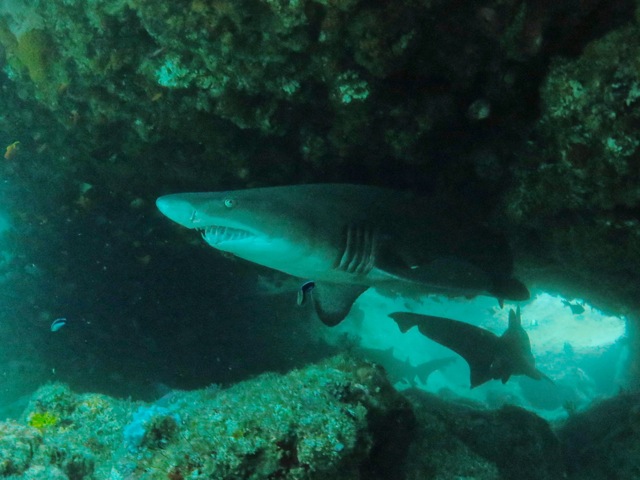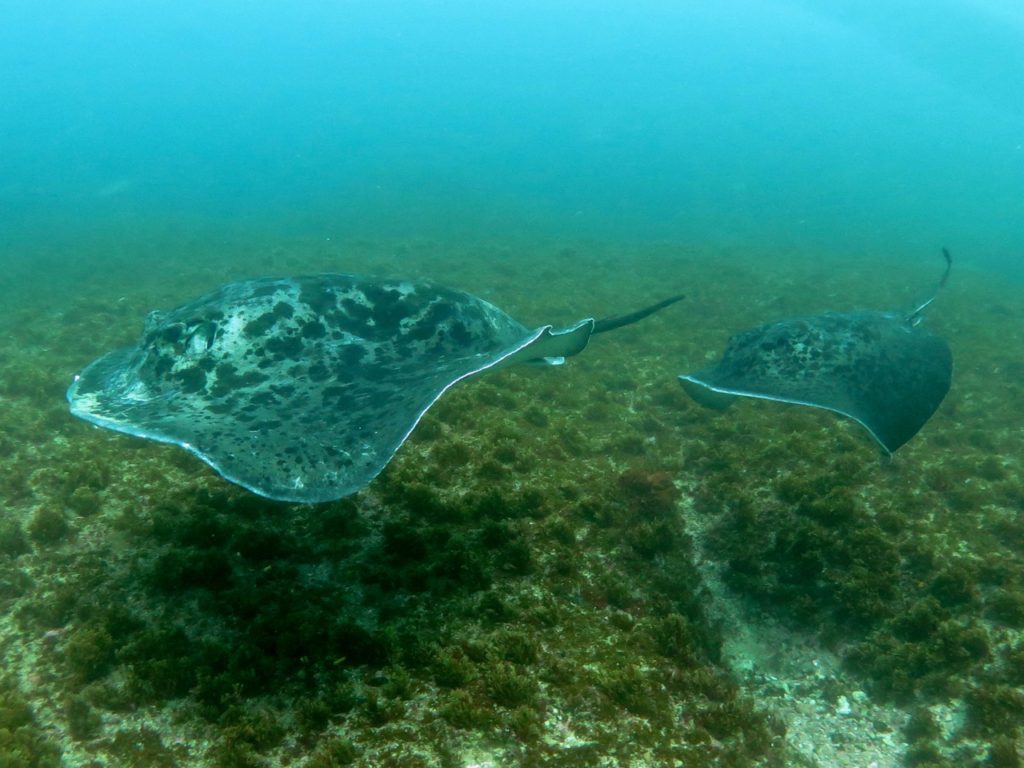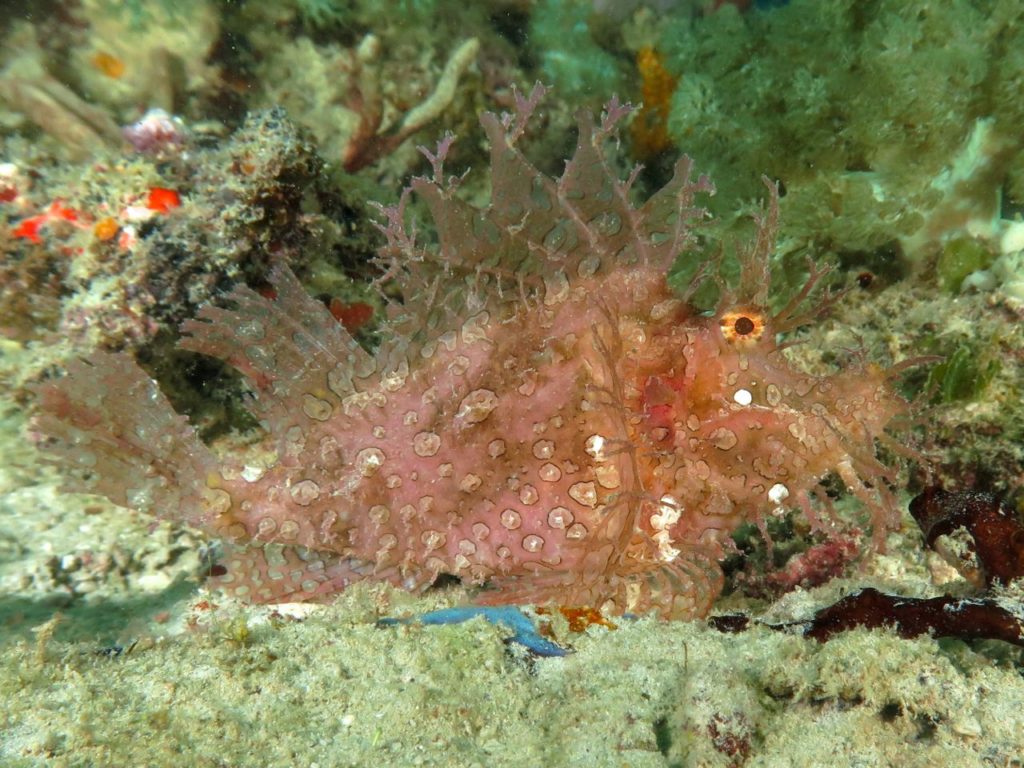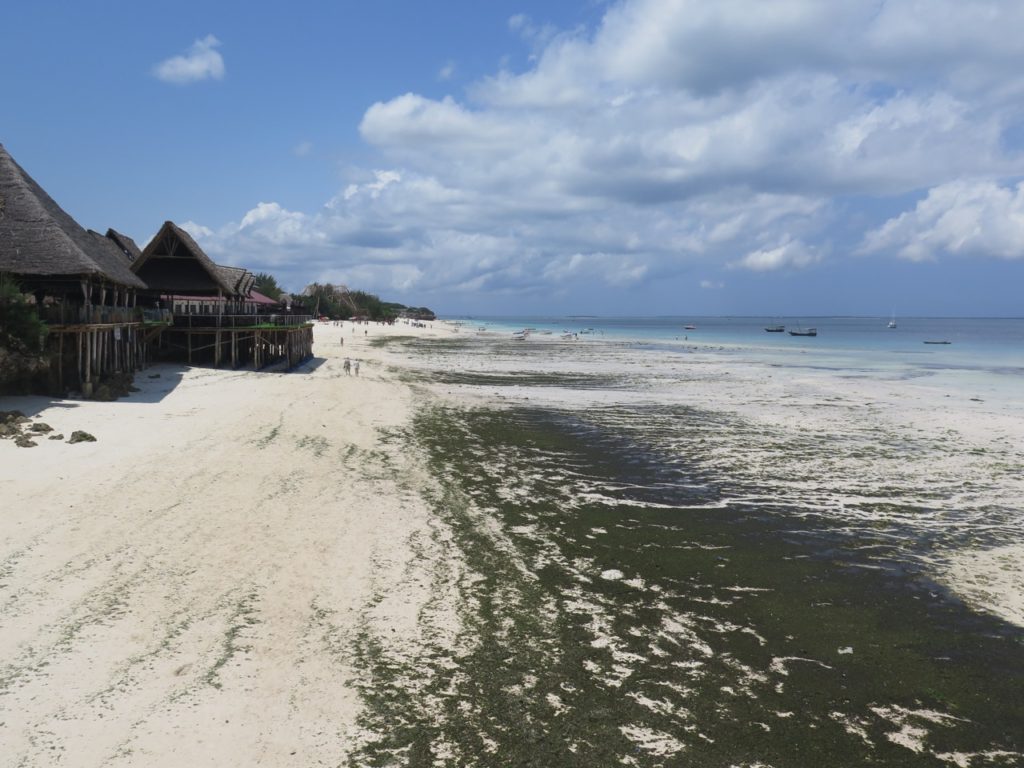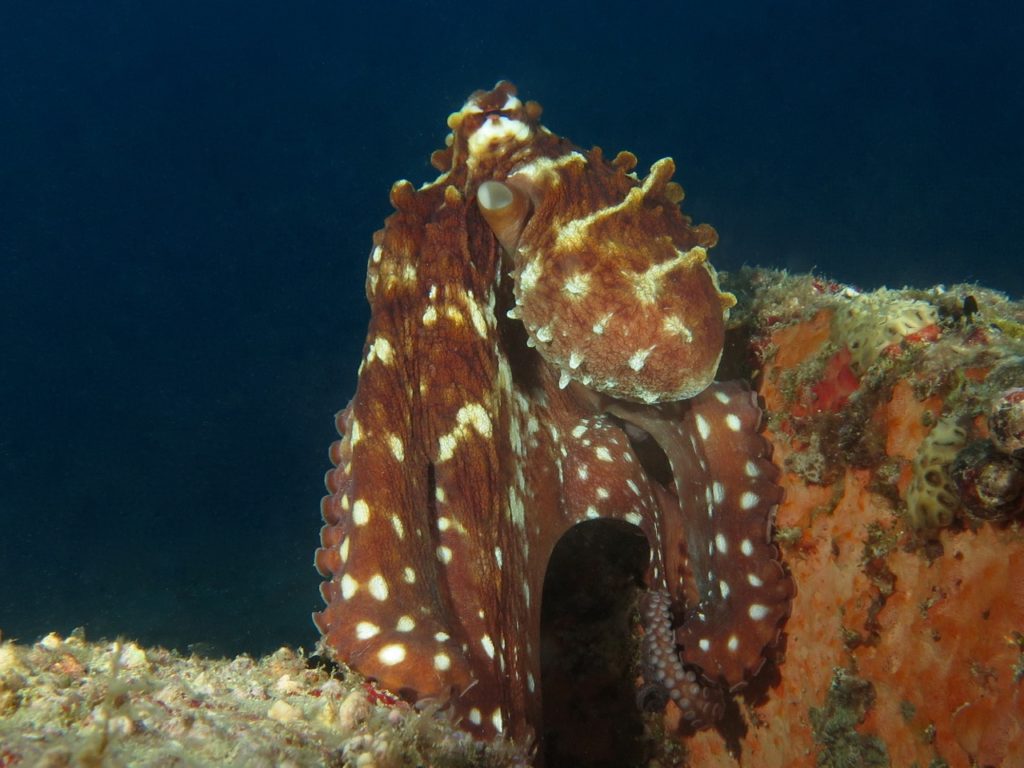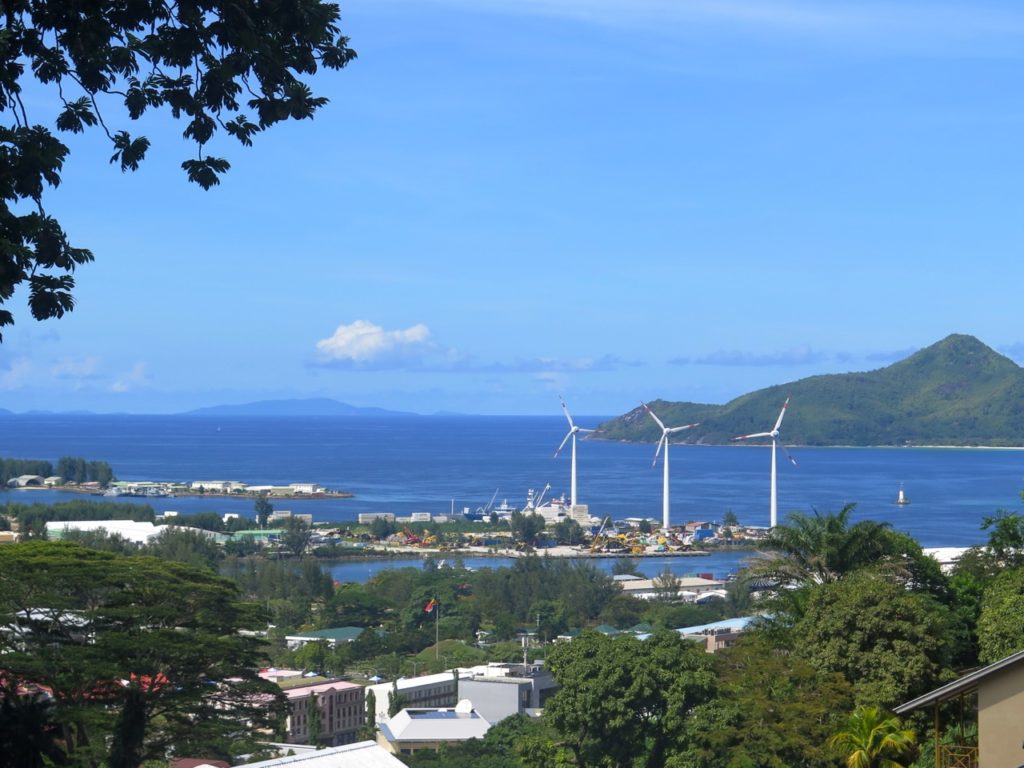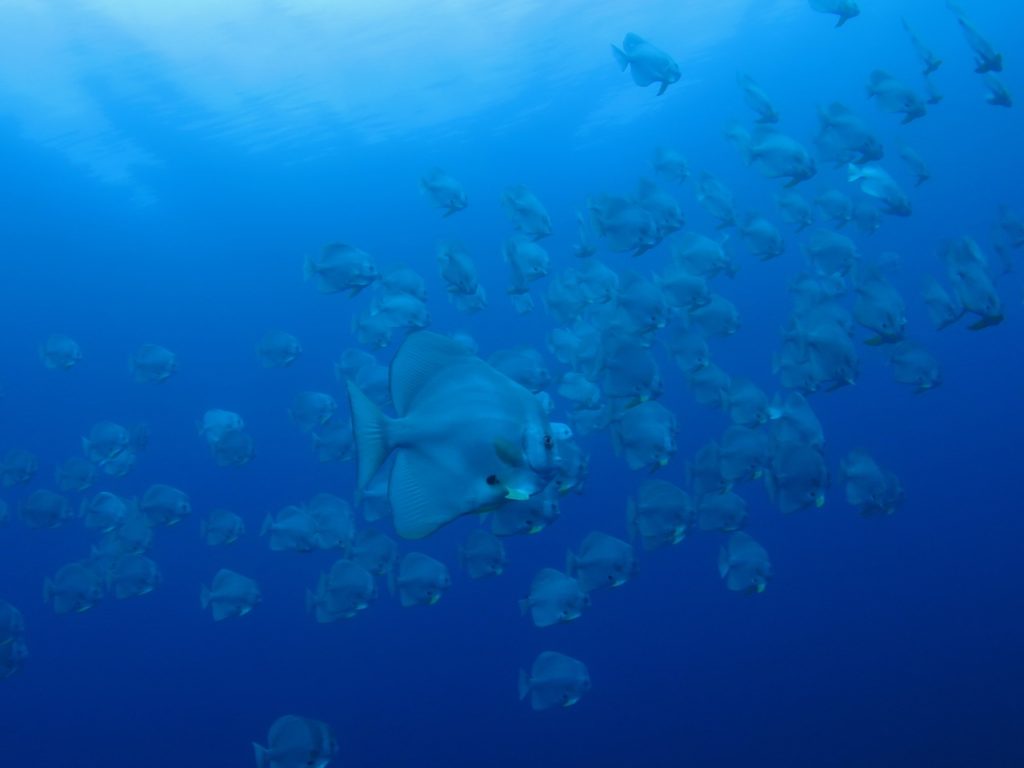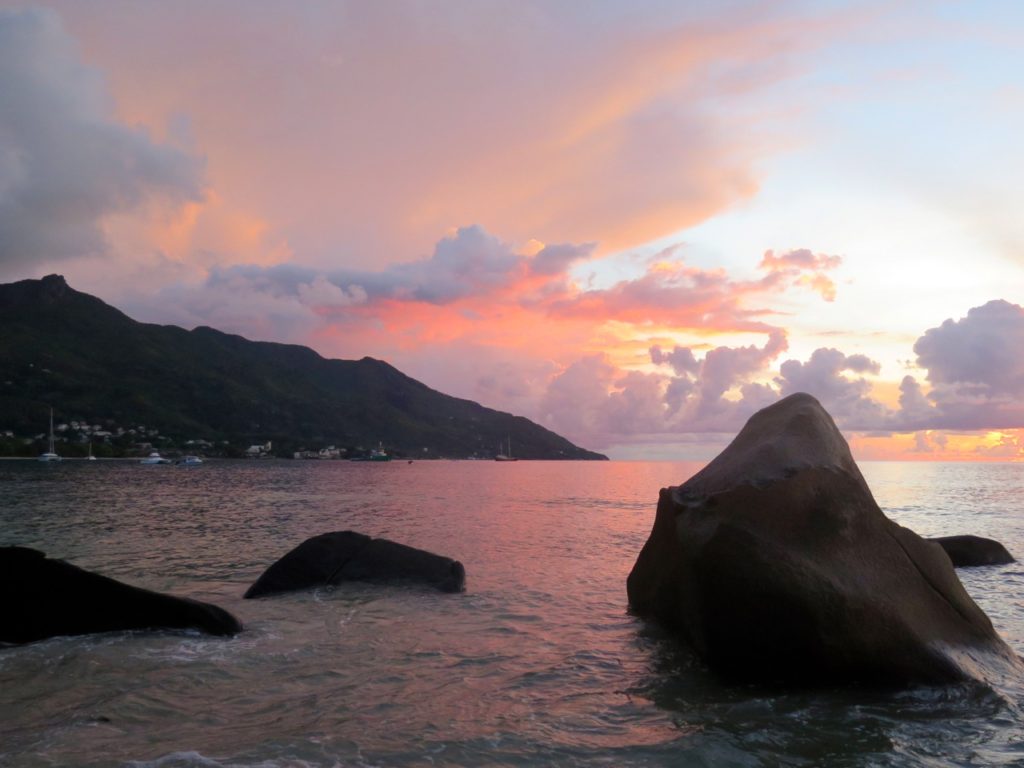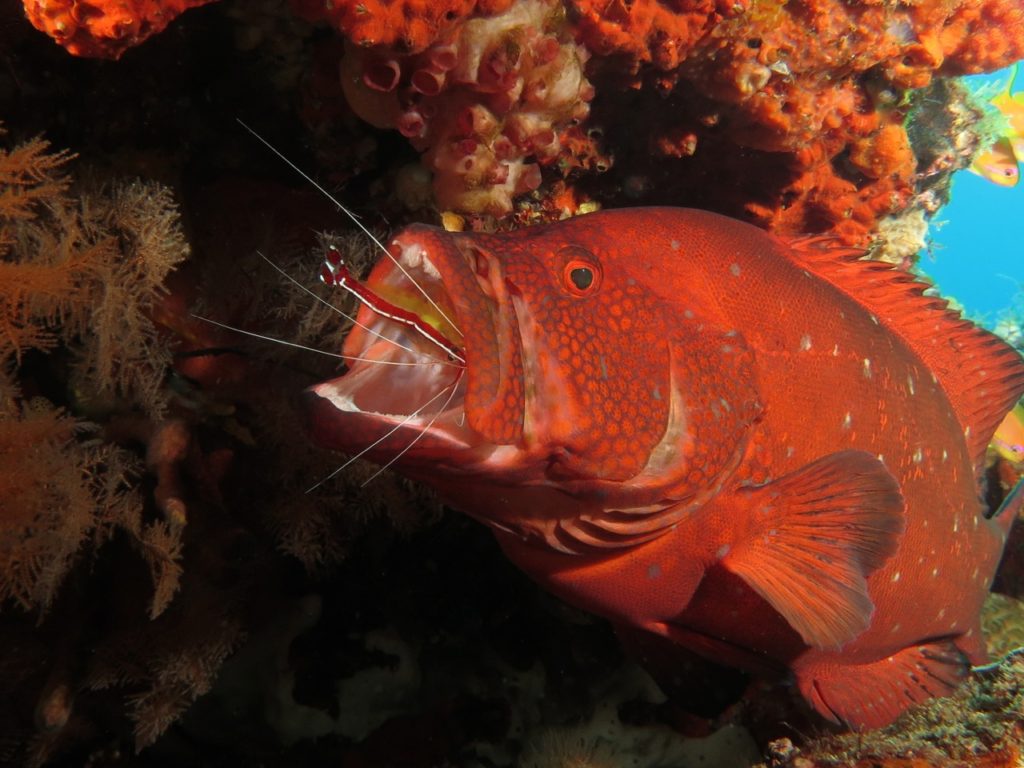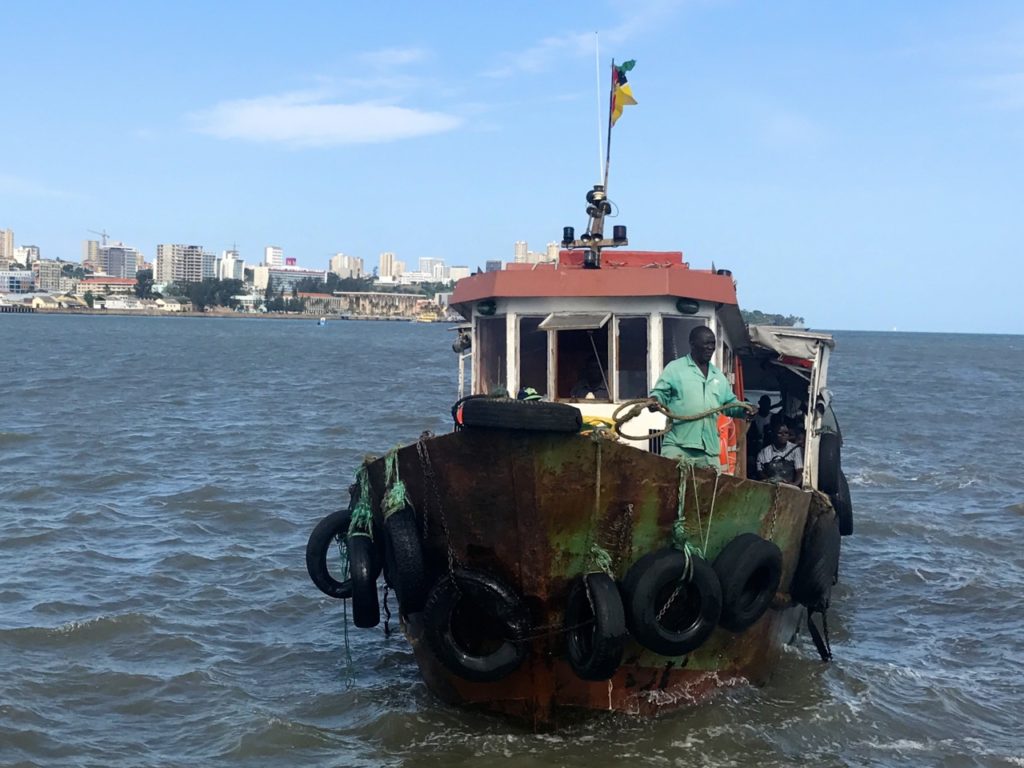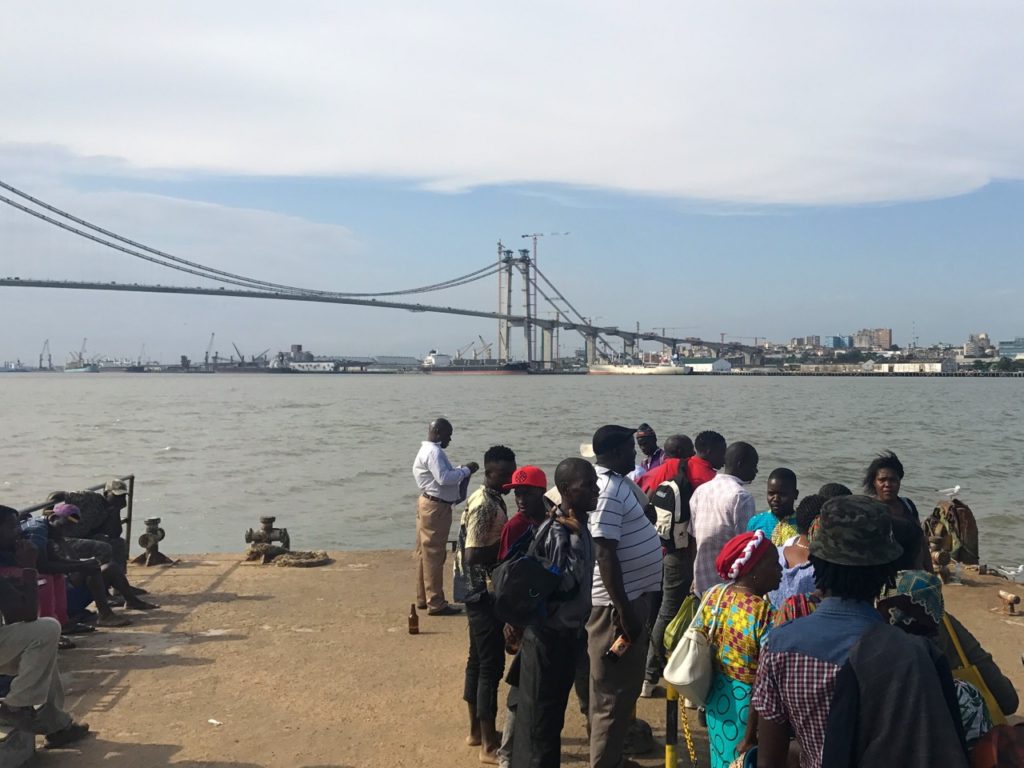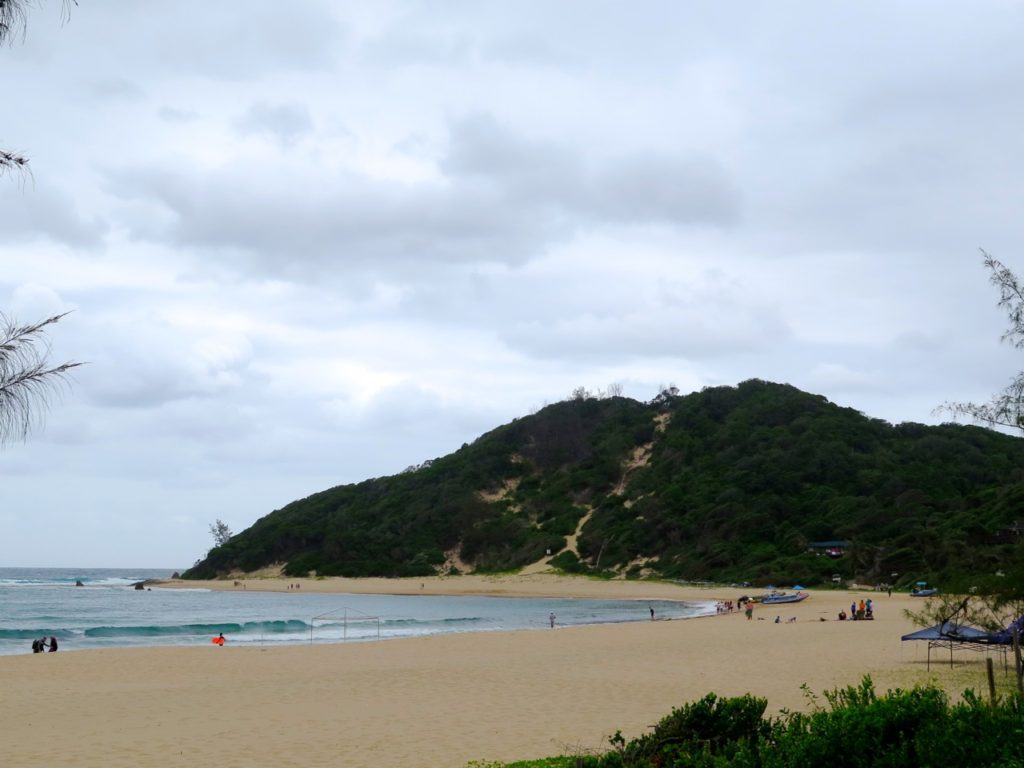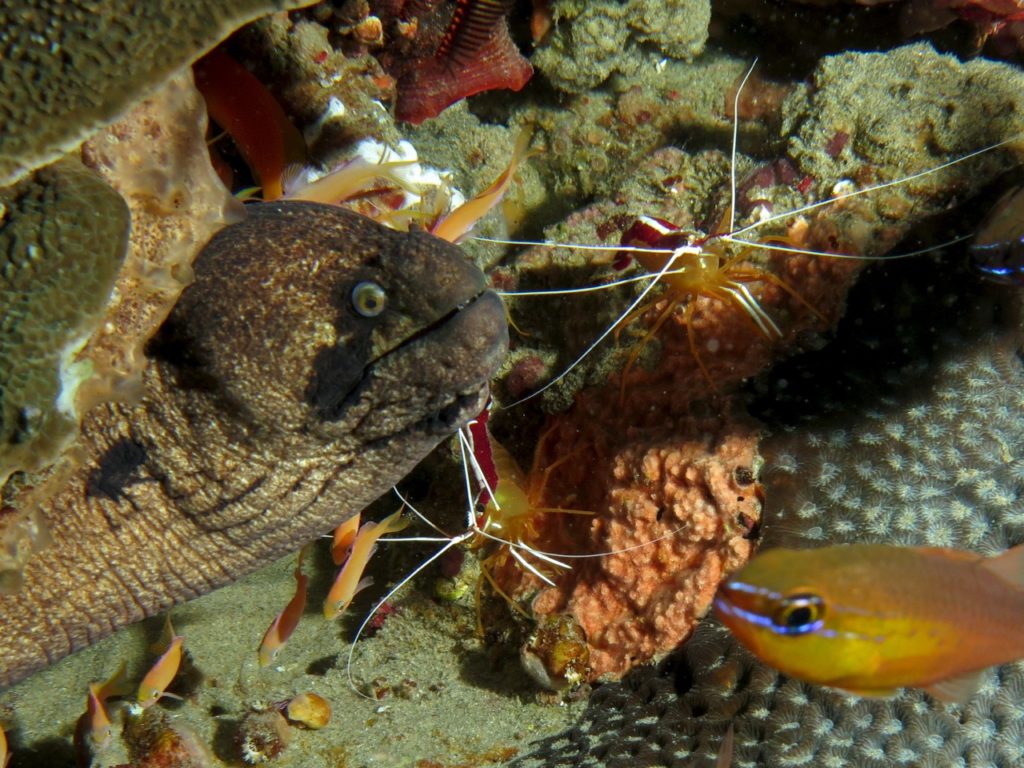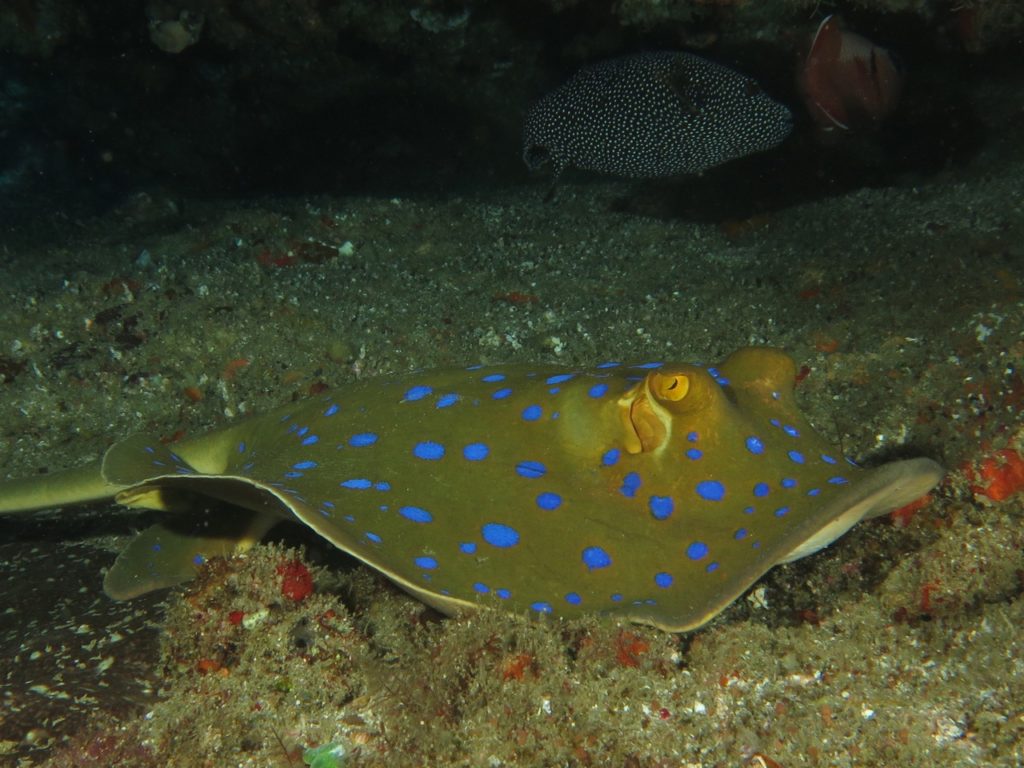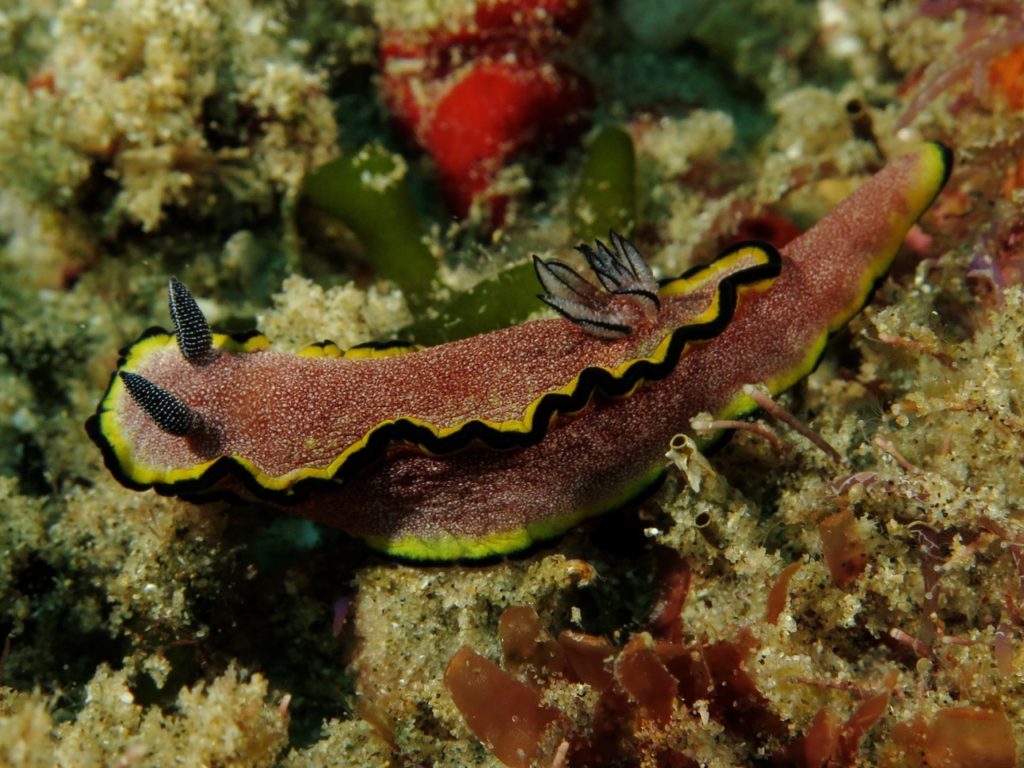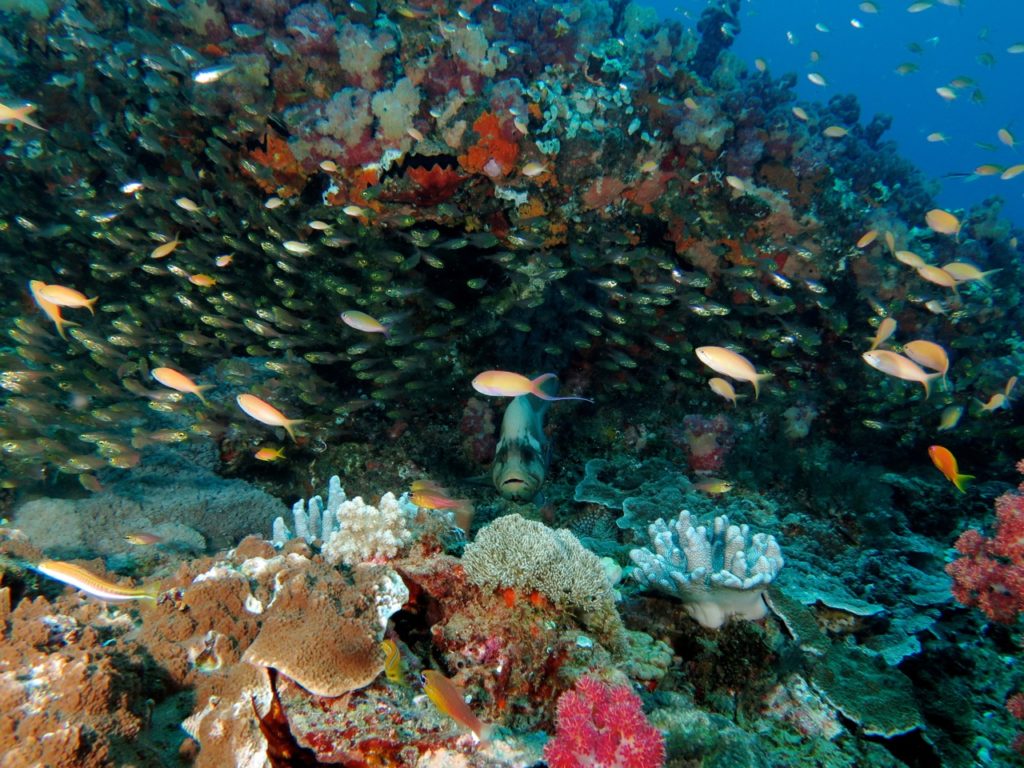We were diving in Watamu in September 2019 so this is a very delayed write up. Watamu is a small town about 3 hours drive north of Mombasa on Indian ocean coast in Kenya. It has beautiful sandy beaches and is the gateway to Watamu Marine National Park. Highlights from diving are in the video.
Fish life on the dives was fantastic with lots of reef fish. Weedy scorpionfish was a highlight, two of them together! We did not see any big stuff though. The place is popular for sports fishing marlin and other game fish so they are definitely out there. We saw a few small local fishermen boats but nothing like the numbers in Zanzibar.
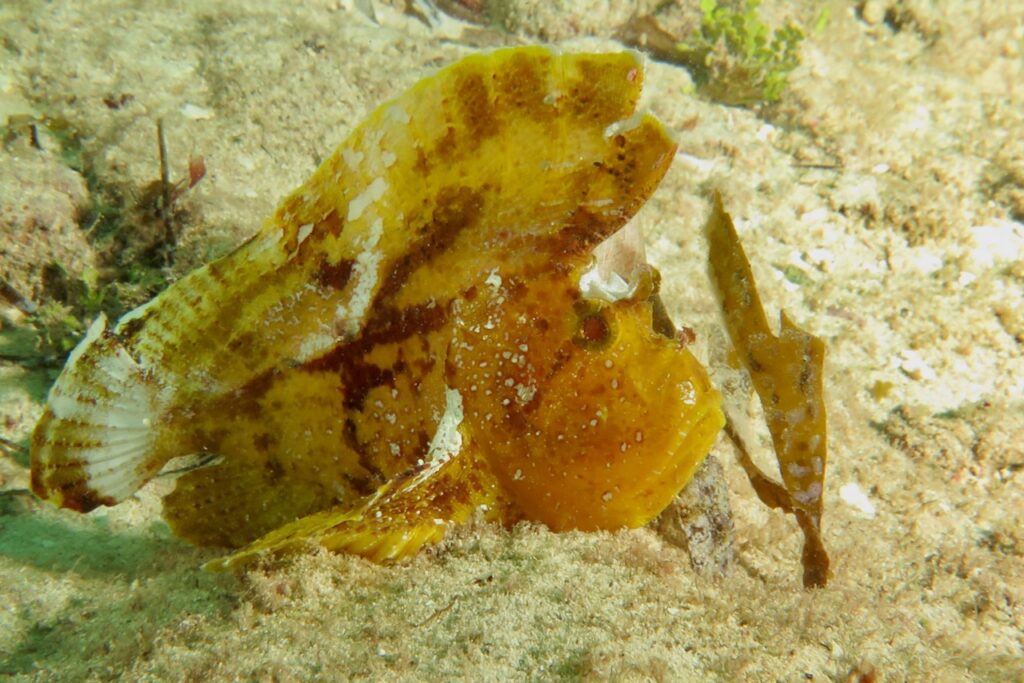
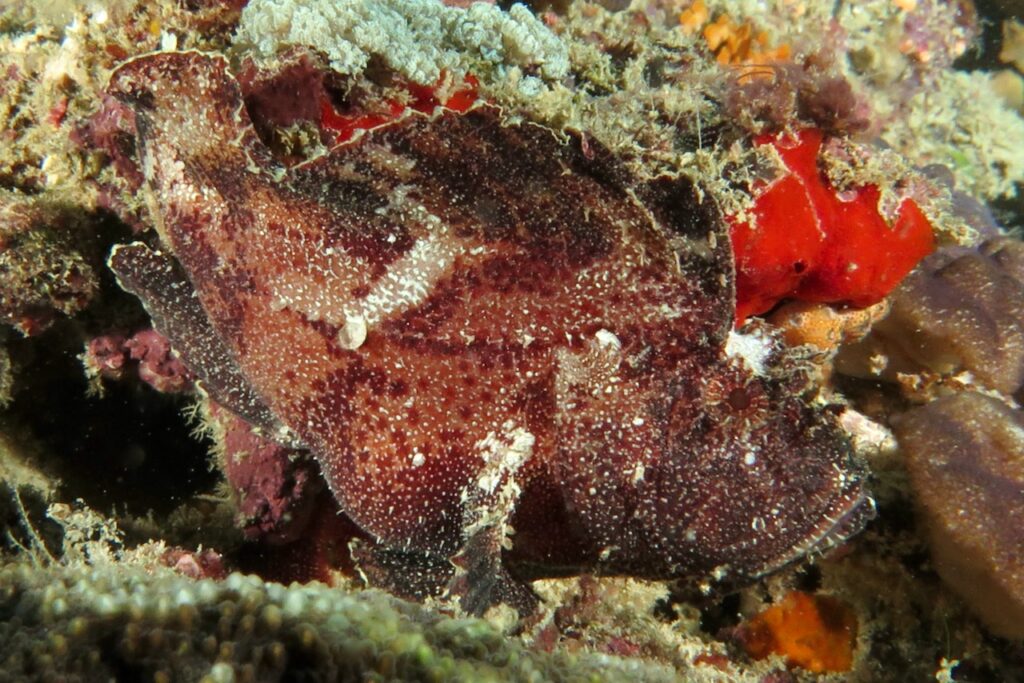
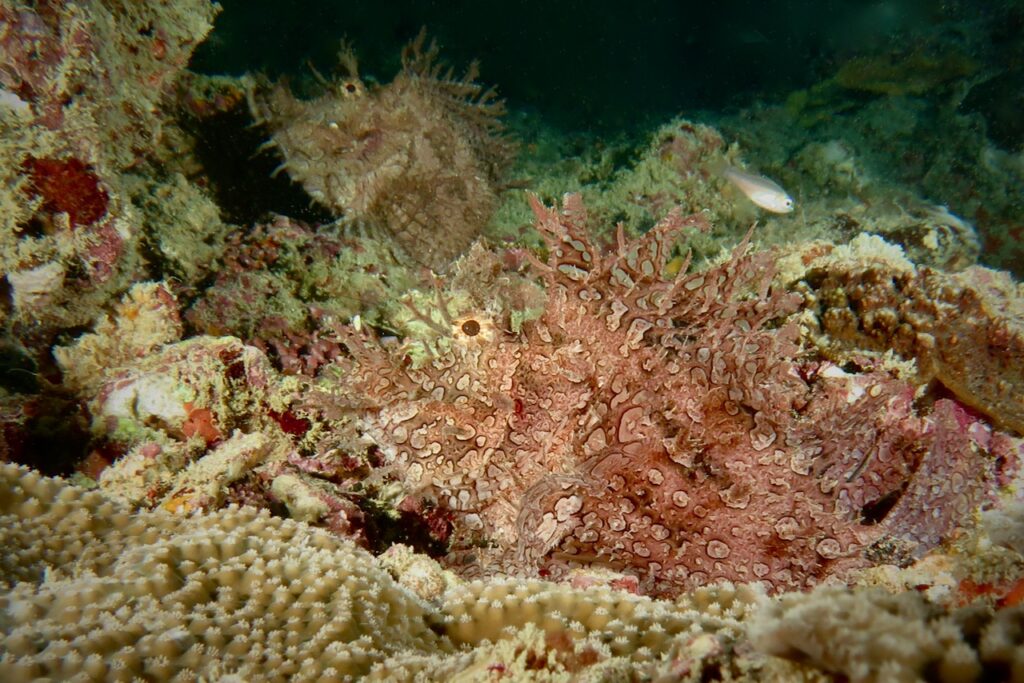
The drive to Watamu from Mombasa is a bit shorter compared to the drive to Diani, a beach and a diving spot south of Mombasa, and does not require taking a ferry. The journey starts on the new Nairobi-Mombasa road with views of the new railway.
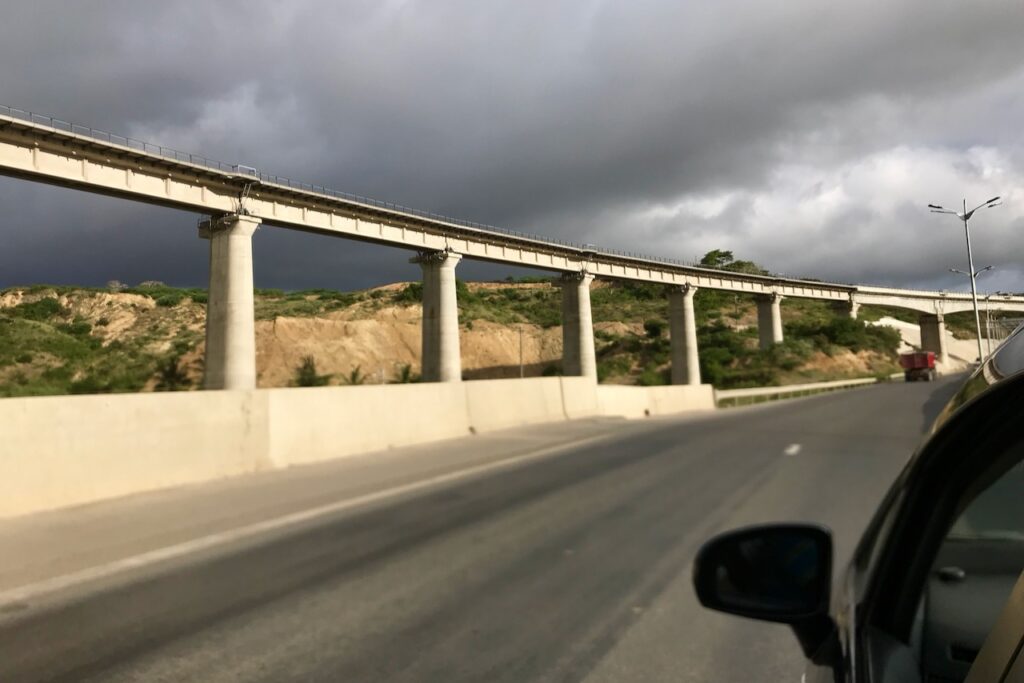
We then turned off north heading to Malindi on older but still reasonable paved road. The drive then took us through many small villages, fields, people walking by and a couple of small towns.
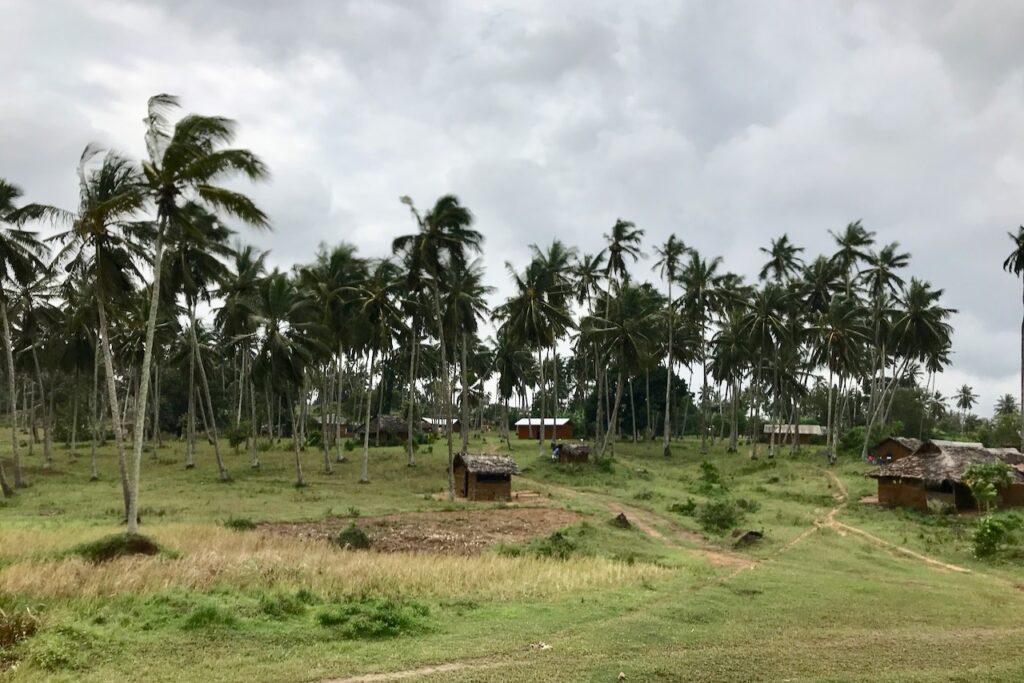
In less than three hours we made it to Watamu and our resort. We stayed at wonderful Ocean Sports resort and dove with excellent Aqua Ventures which had a shop also in the same resort.
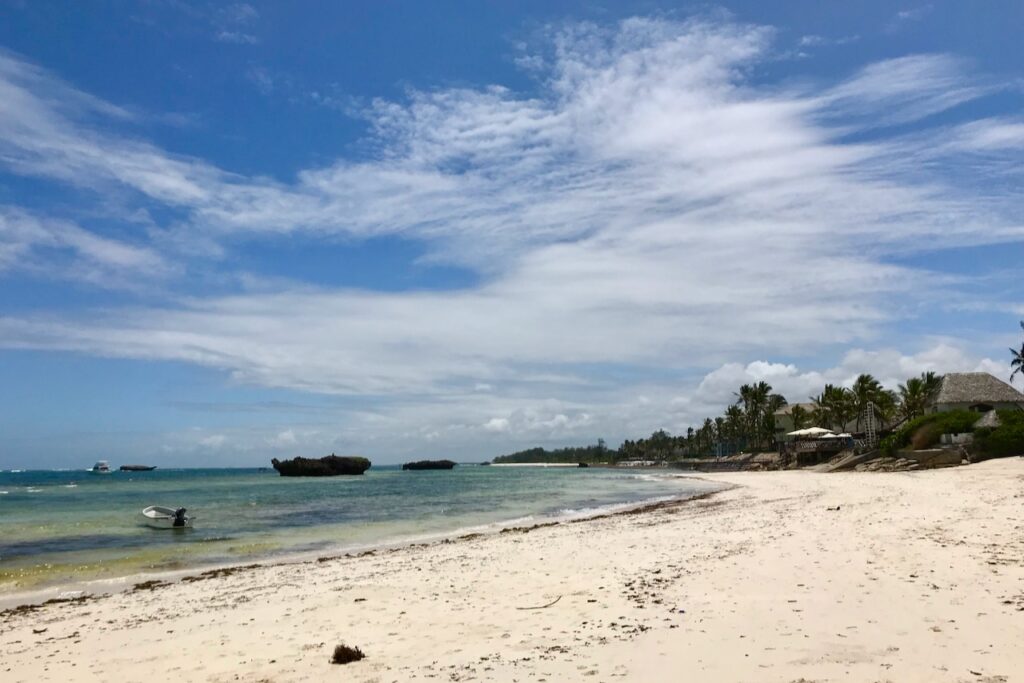
At high tide the water comes all the way to the wall of the resort and on the low tide the beach is really wide
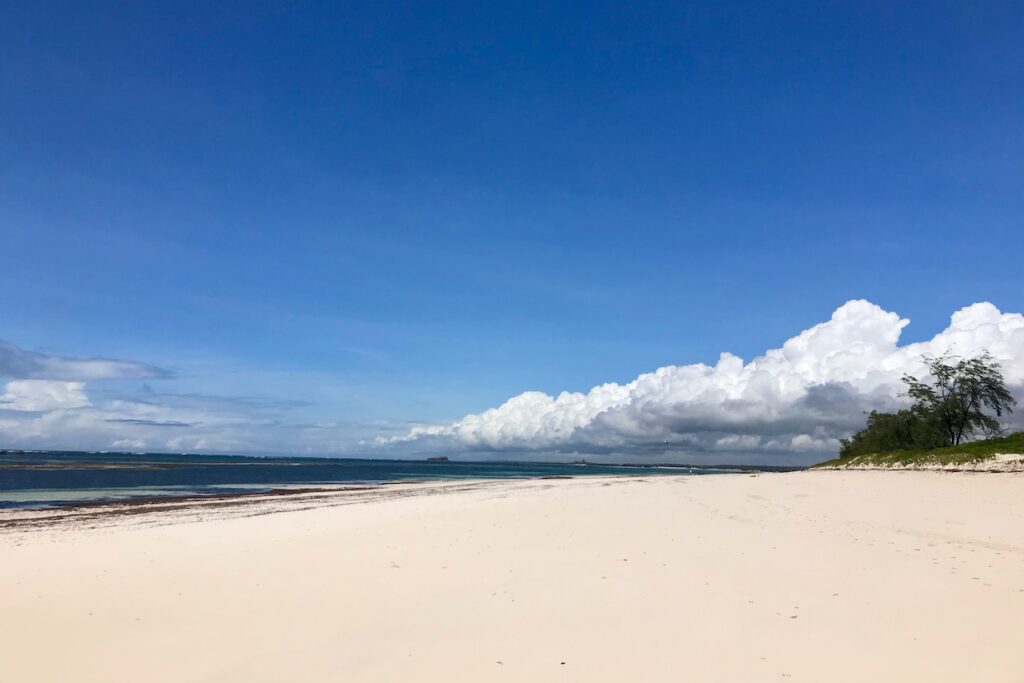
Seaweed was covering parts of the beach after the storms in September.
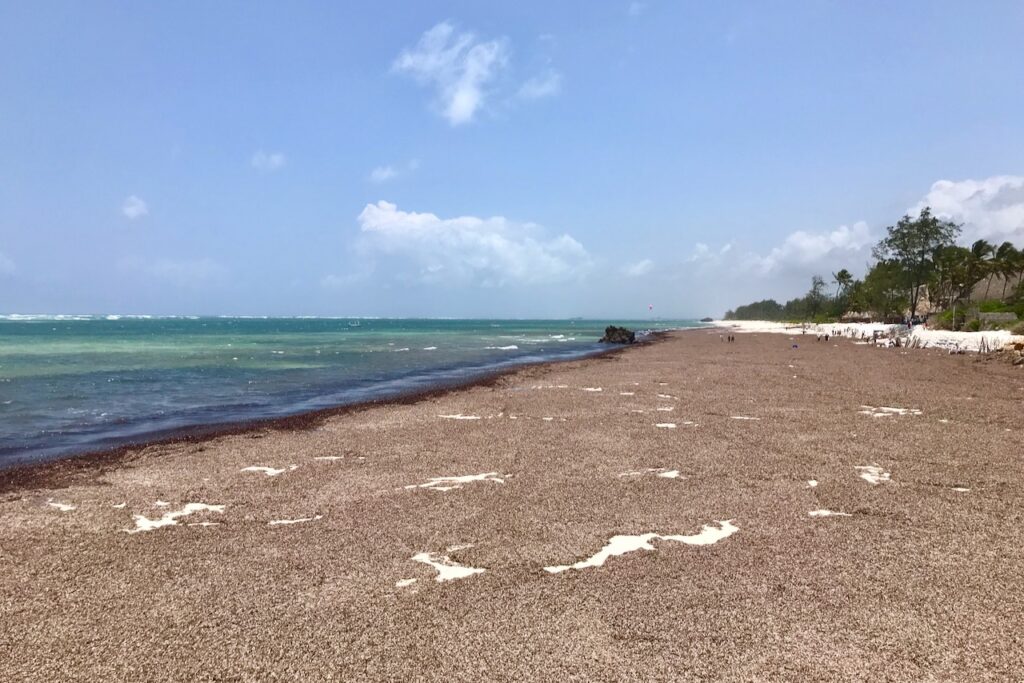
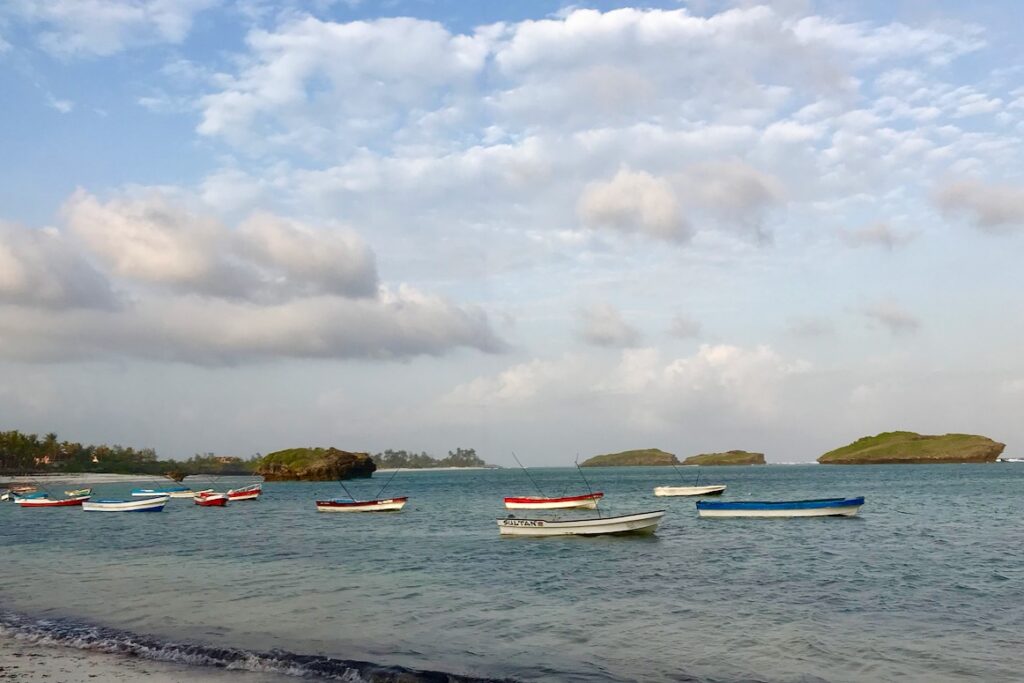
Similarly to Diani beach, there are some abandoned big hotels, from before the 2007-2008. In 2019 the place was buzzing with activity and many new lodgings opening. Undoubtedly COVID hit the region hard again but hopefully it has recovered.

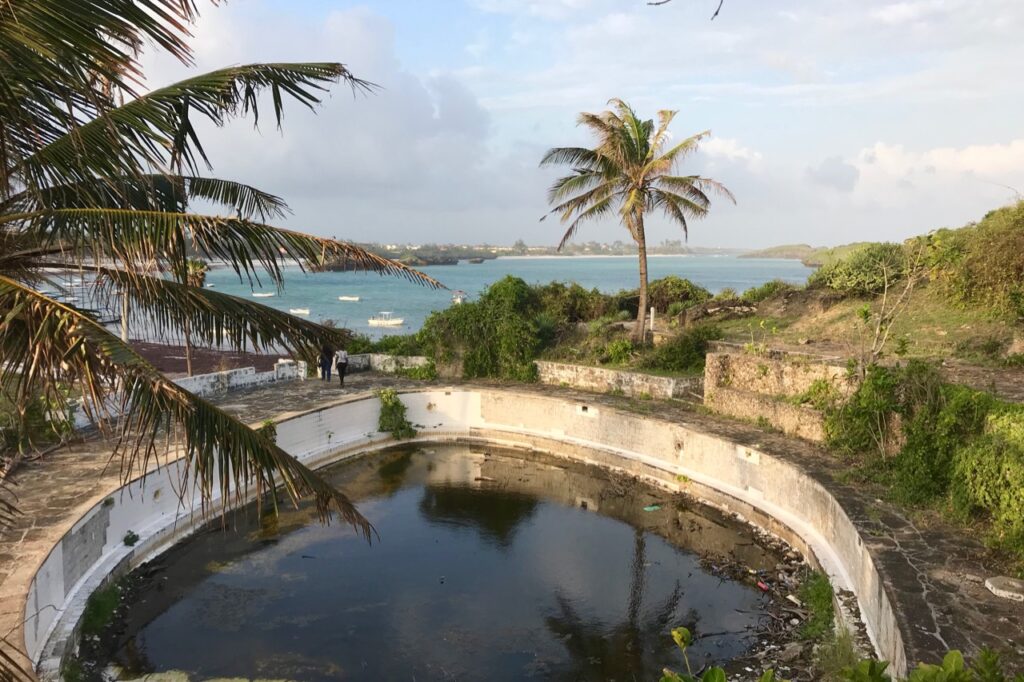
At low tide one can walk around the long beach to the point where Mida Creek flows into the ocean and explore exposed reef.
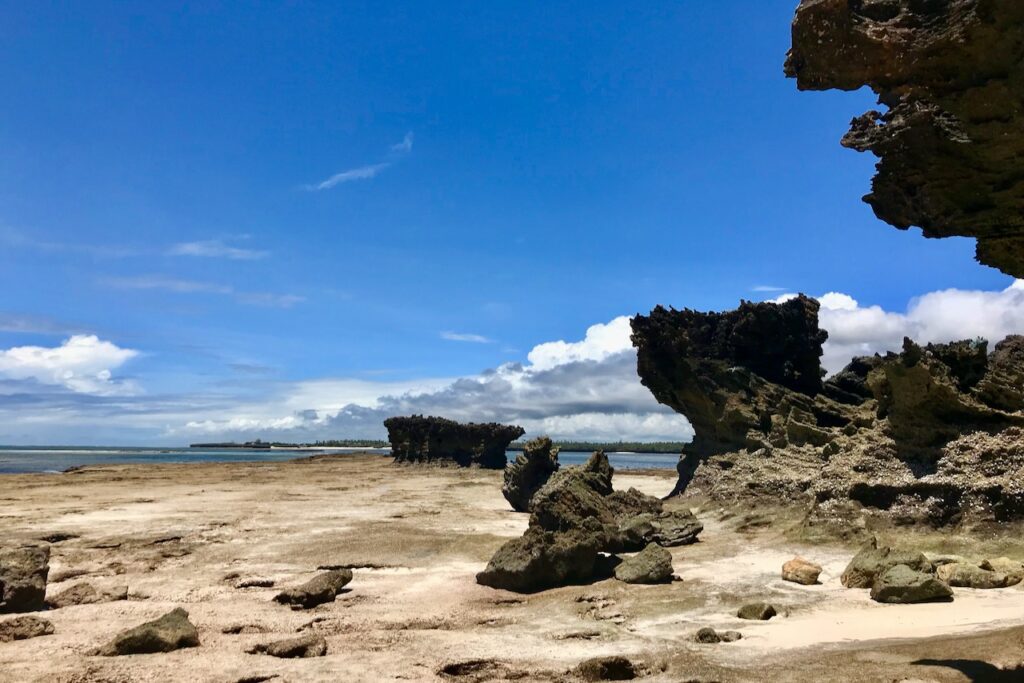
Further inland in Mida Creek, there is a mangrove forest. One can go on a tour around it in a canoe. We opted instead to walk over to the Crab Shack restaurant and enjoy nice sunset view over the creek, and canoes passing by. Walking through the villages was a nice adventure in itself and took us about an hour. We took a motorbike taxi on the way back, not too keen on walking after our crab feast.
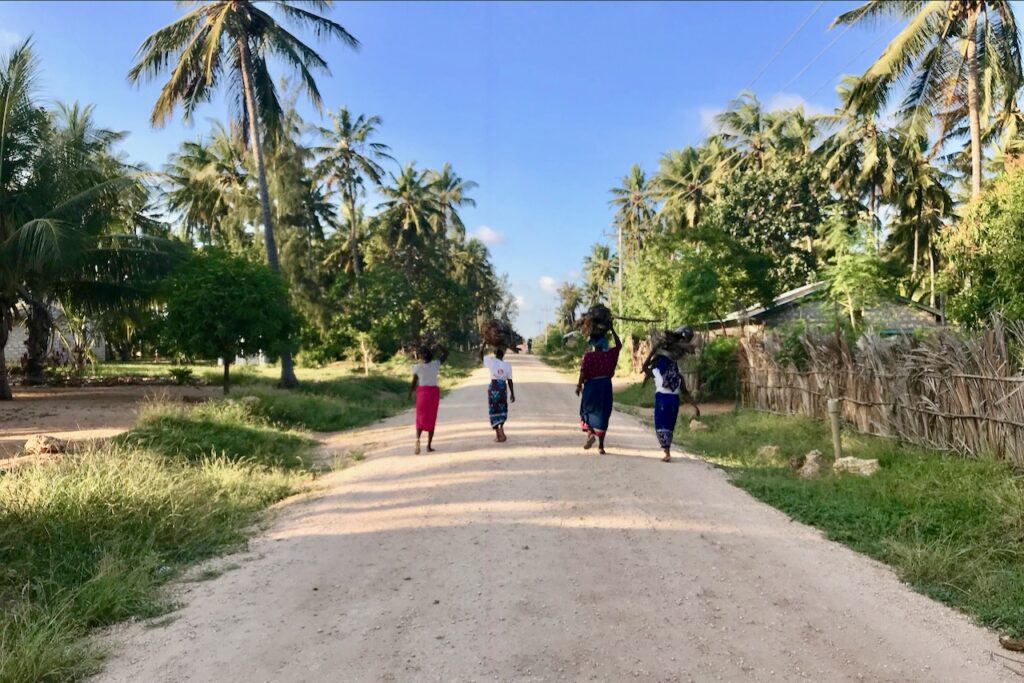
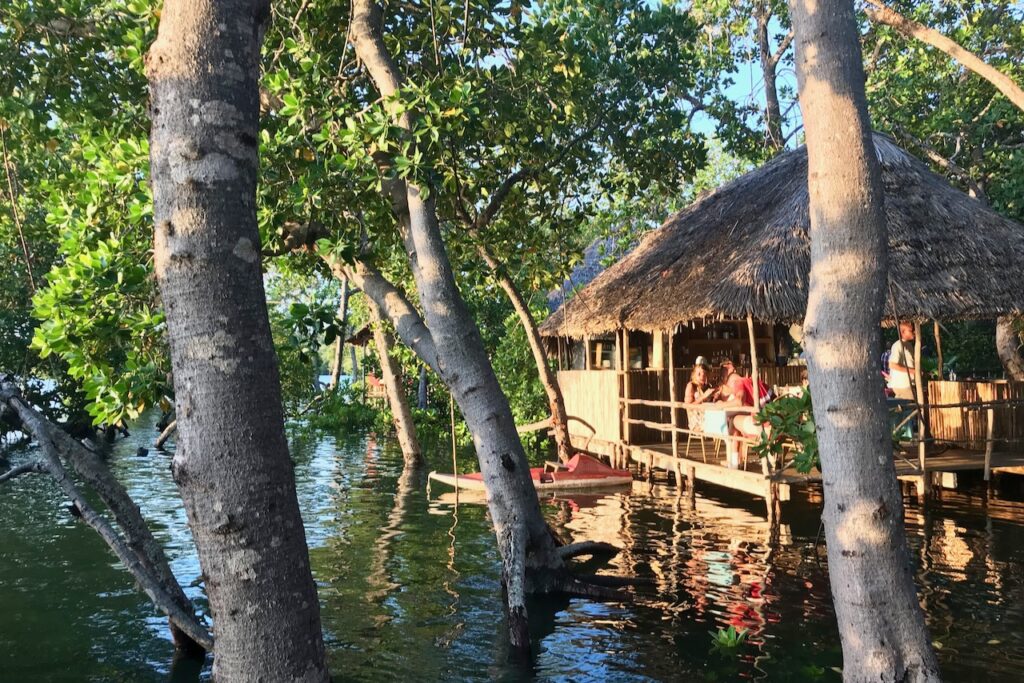
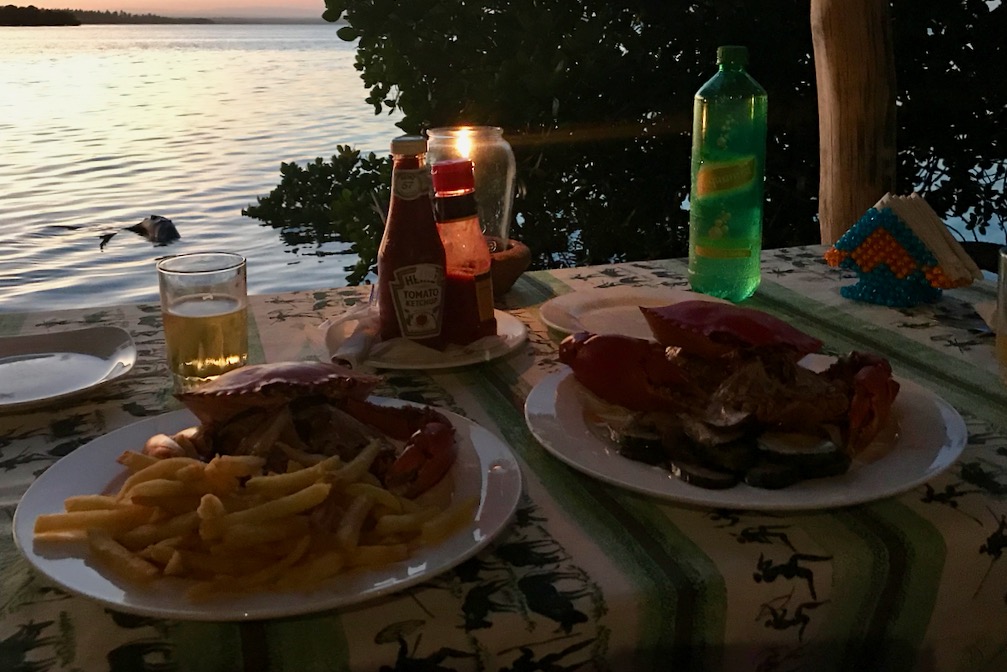
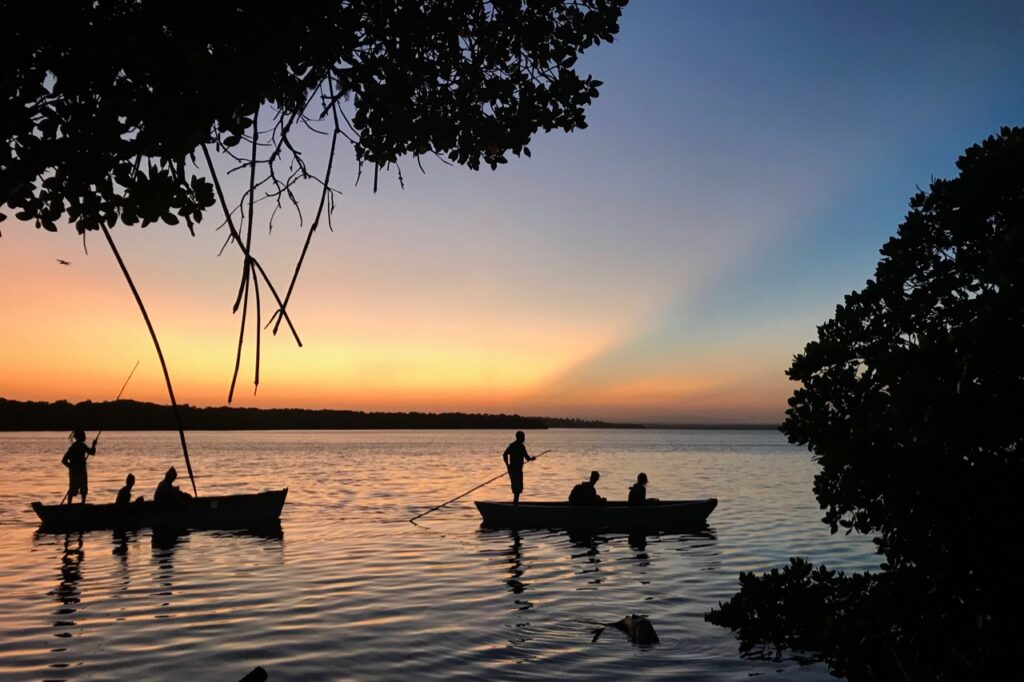
We loved it in Watamu. And we loved it in Diani too. If forced to choose it would be very difficult. Diving was very good in both. In terms of reef, fish, and quality of dive operators, both are really great. Beach is excellent in both. Food options were plentiful and good in both. And top side nature to explore too. Diani had a bit more development than Watamu, but am sure in the past 5 years both have built up more. Travel time from Mombasa is similar. Both locations are possible to combine with a safari in Tsavo national park.

